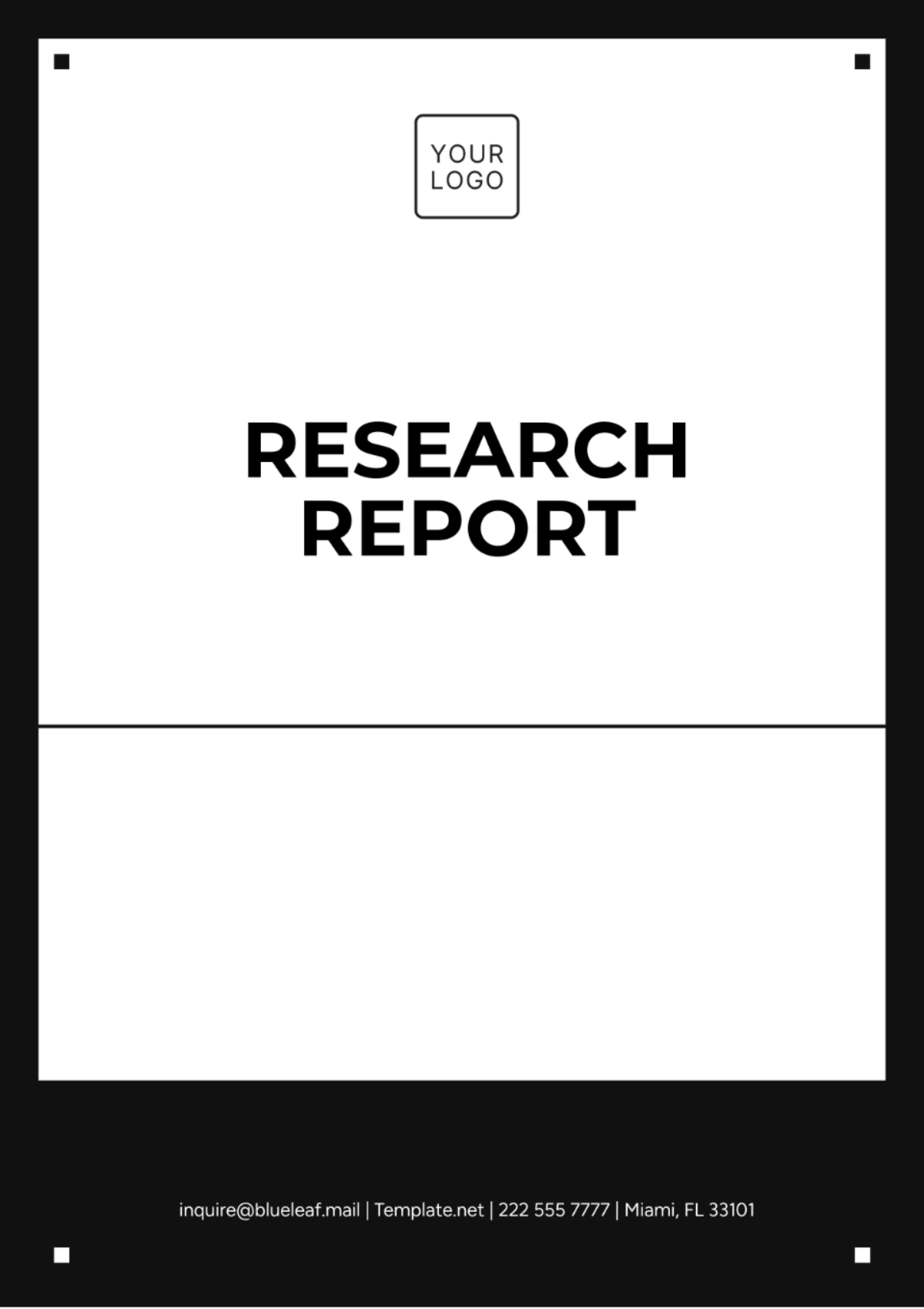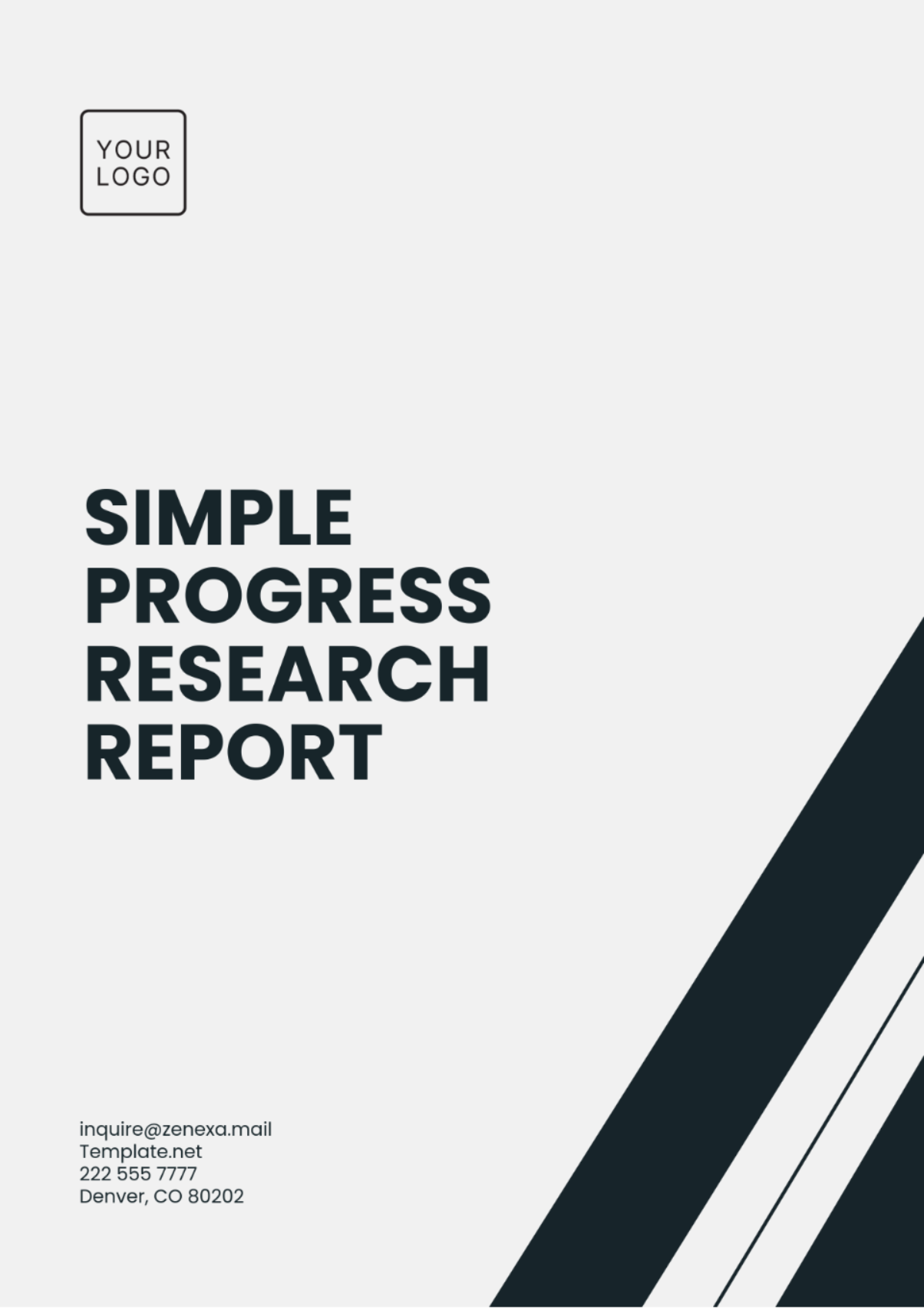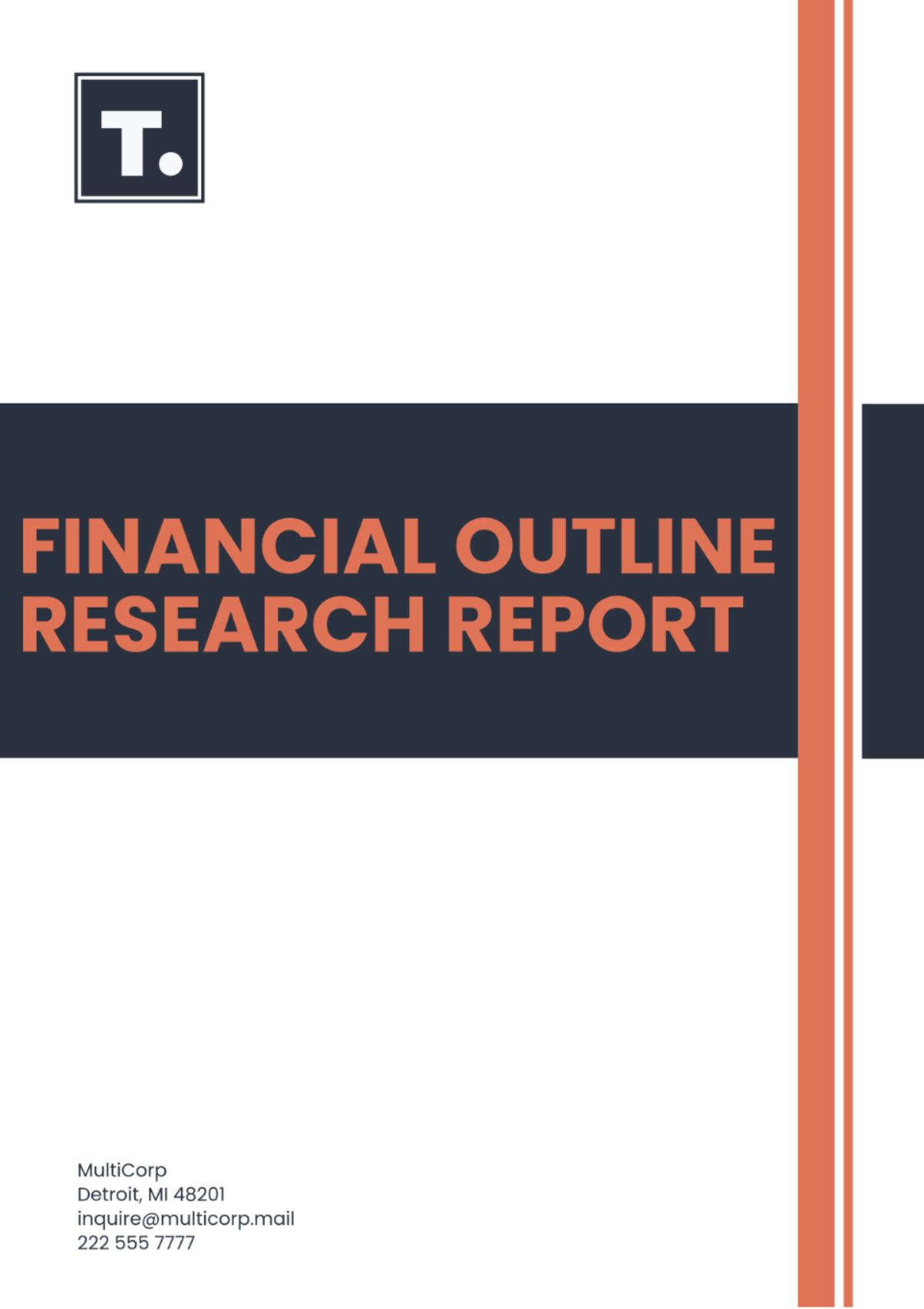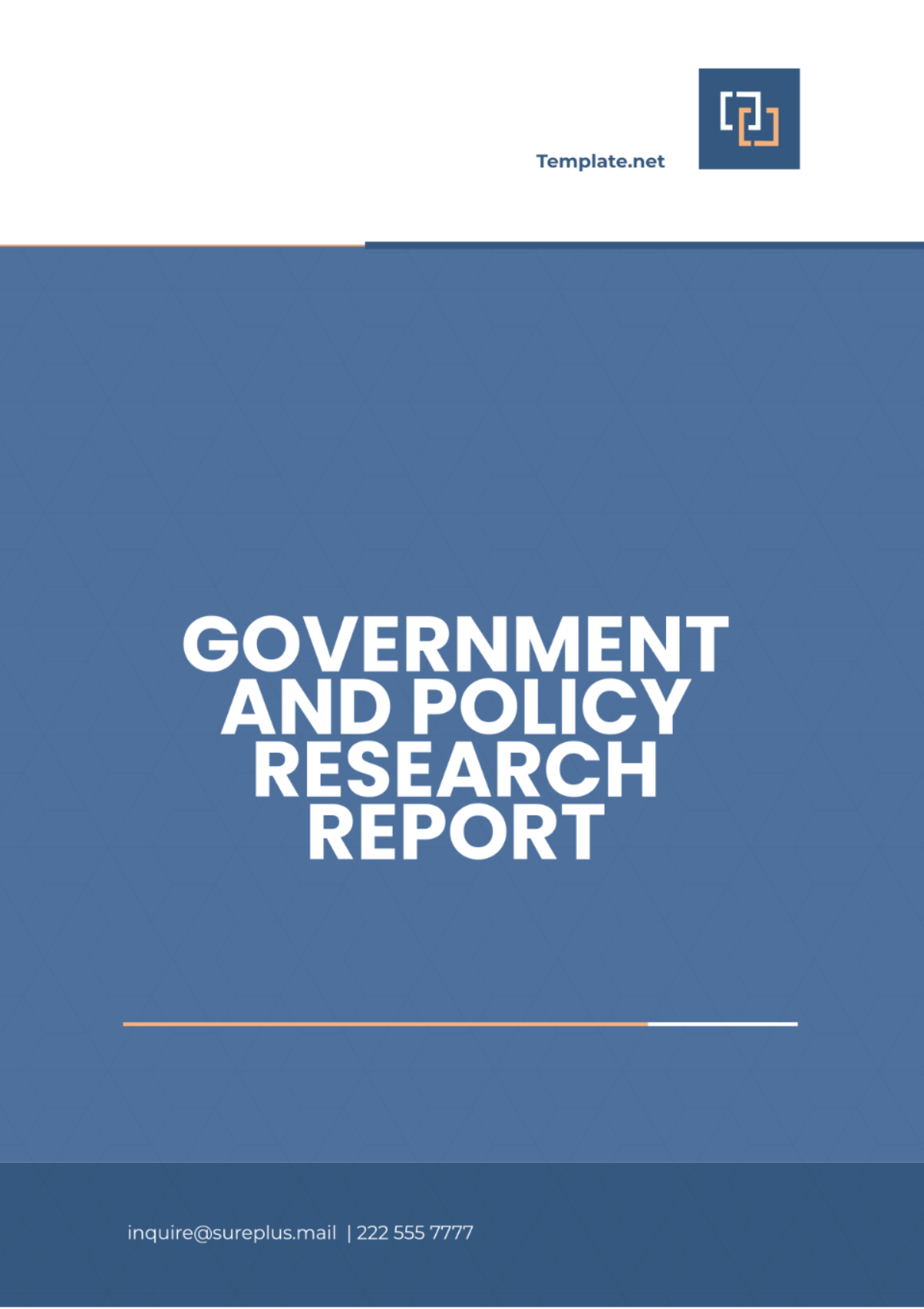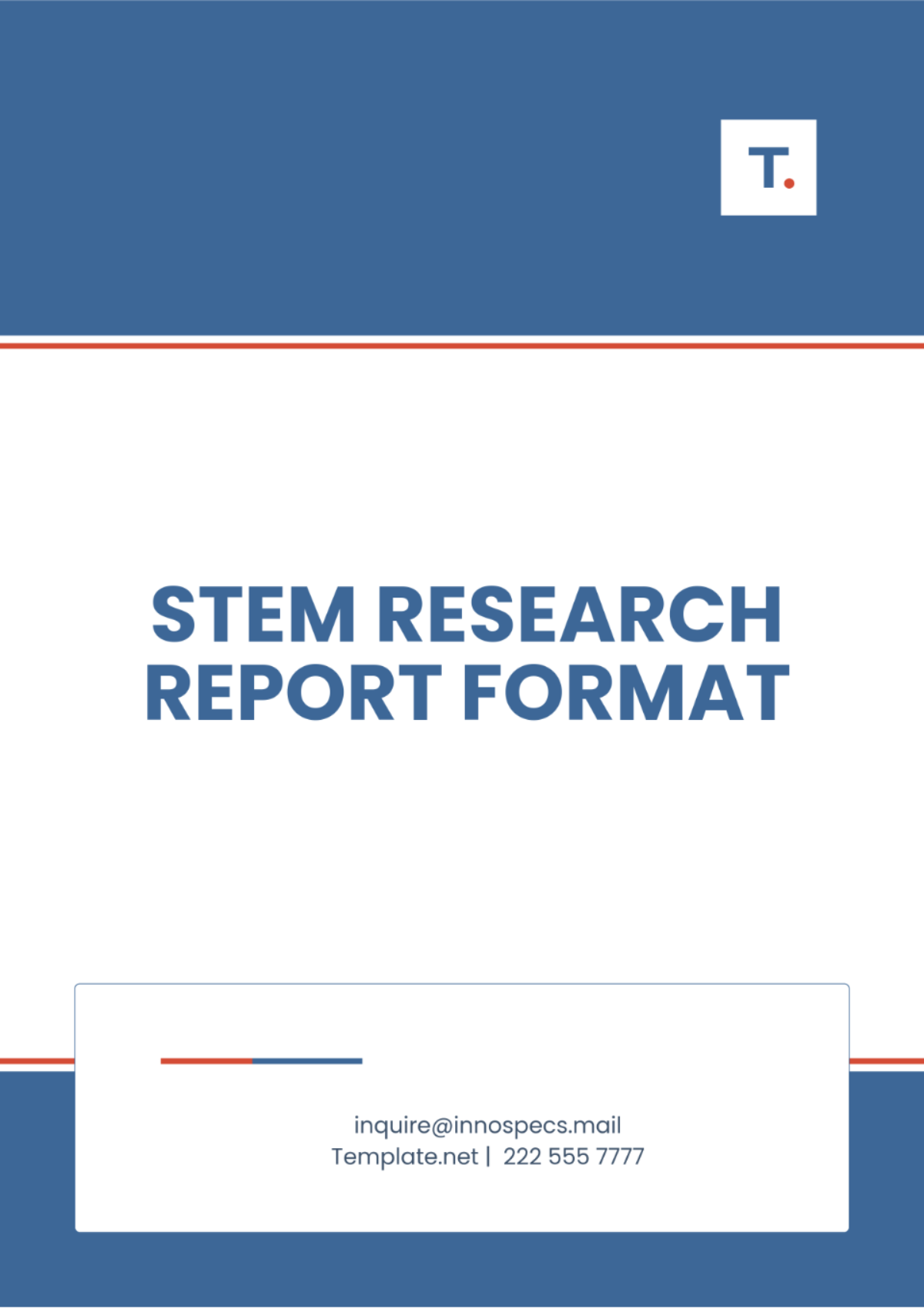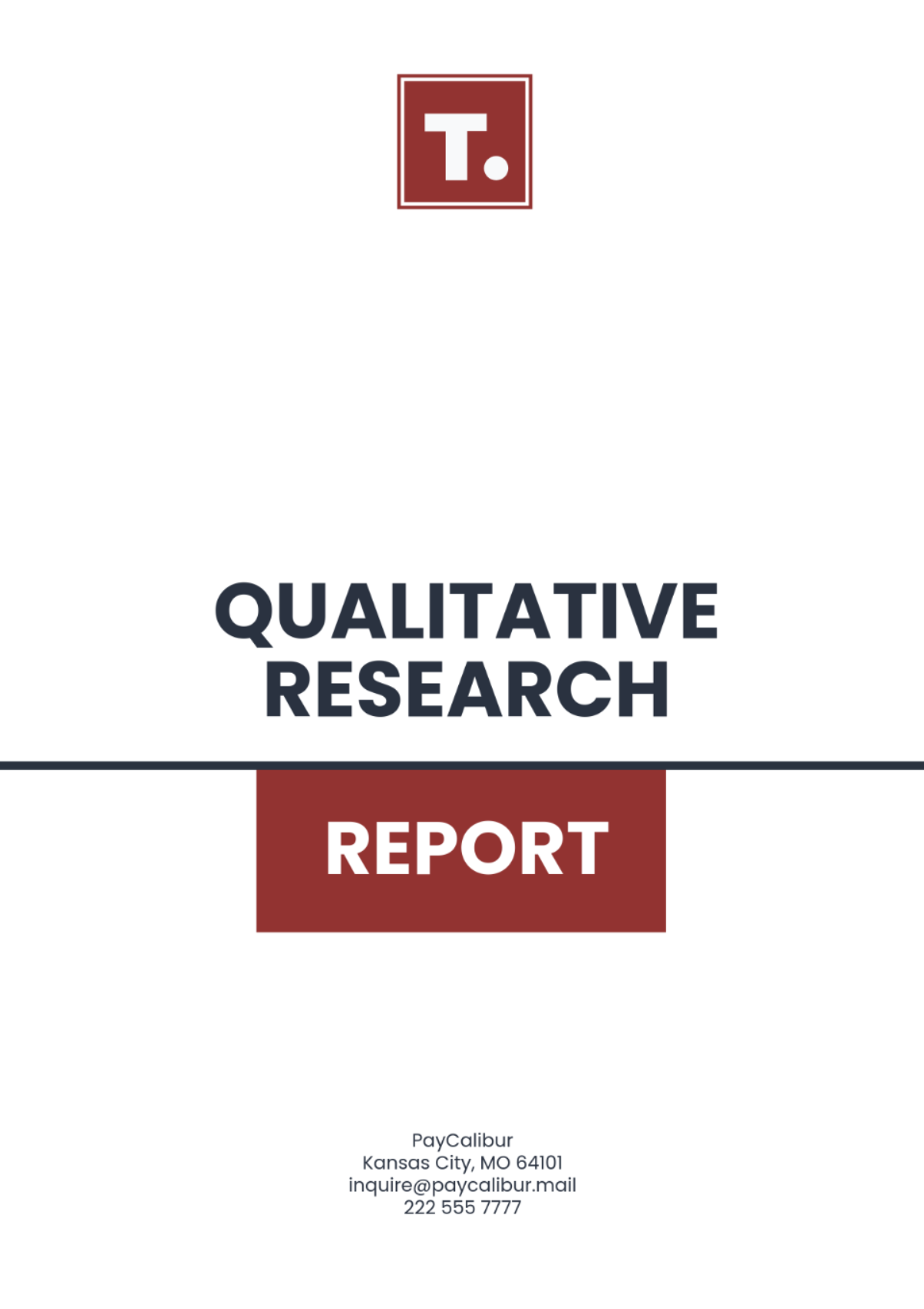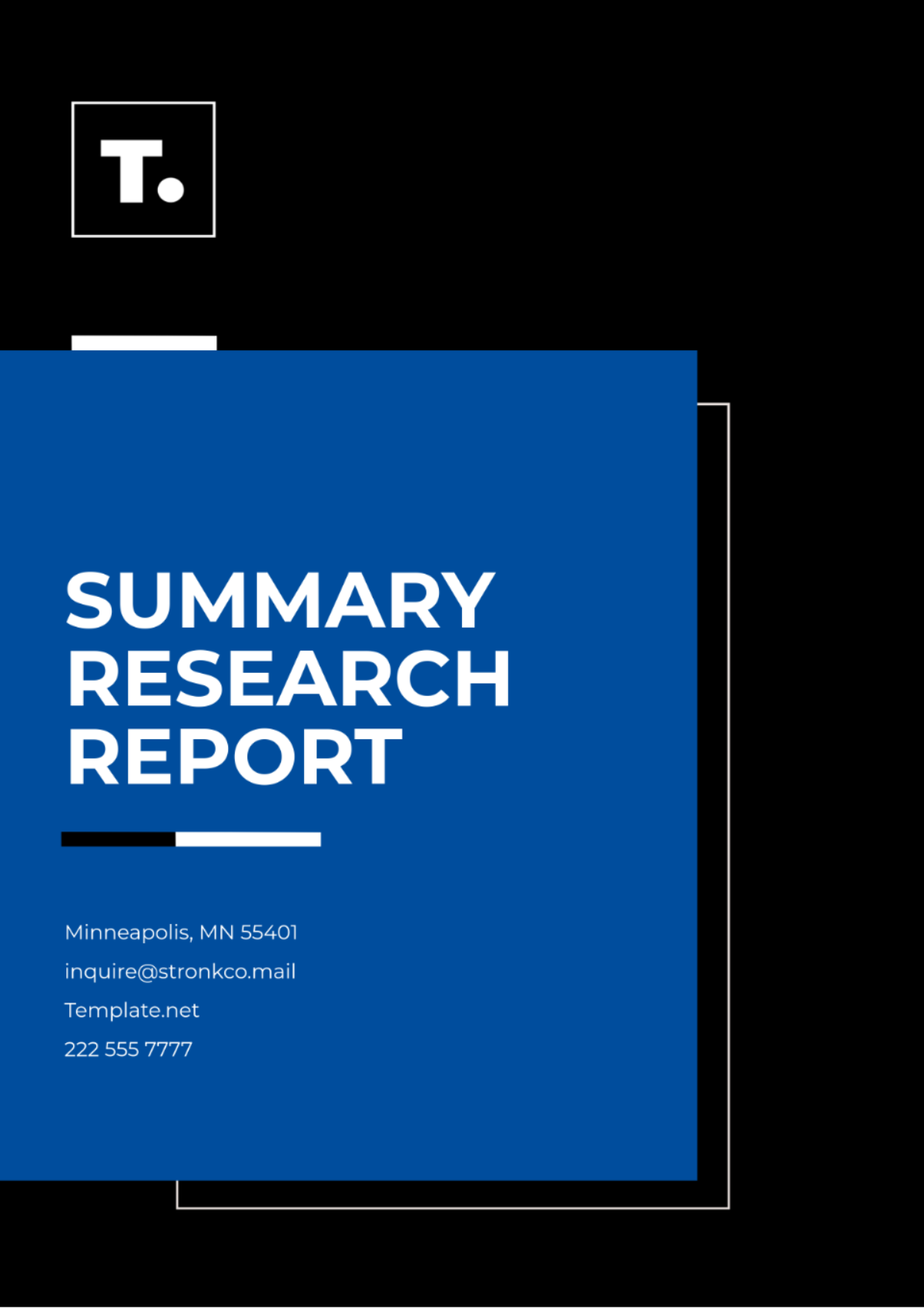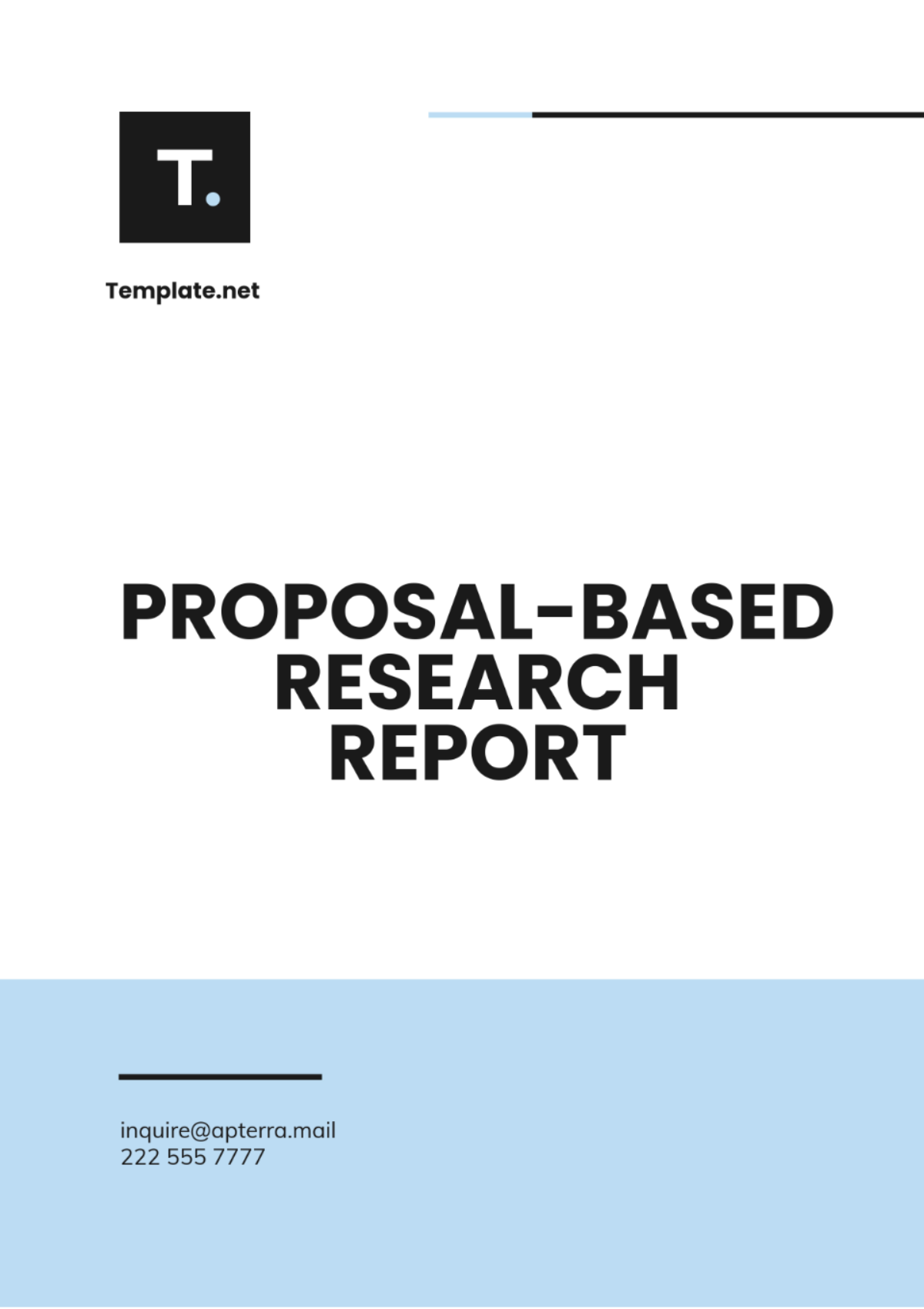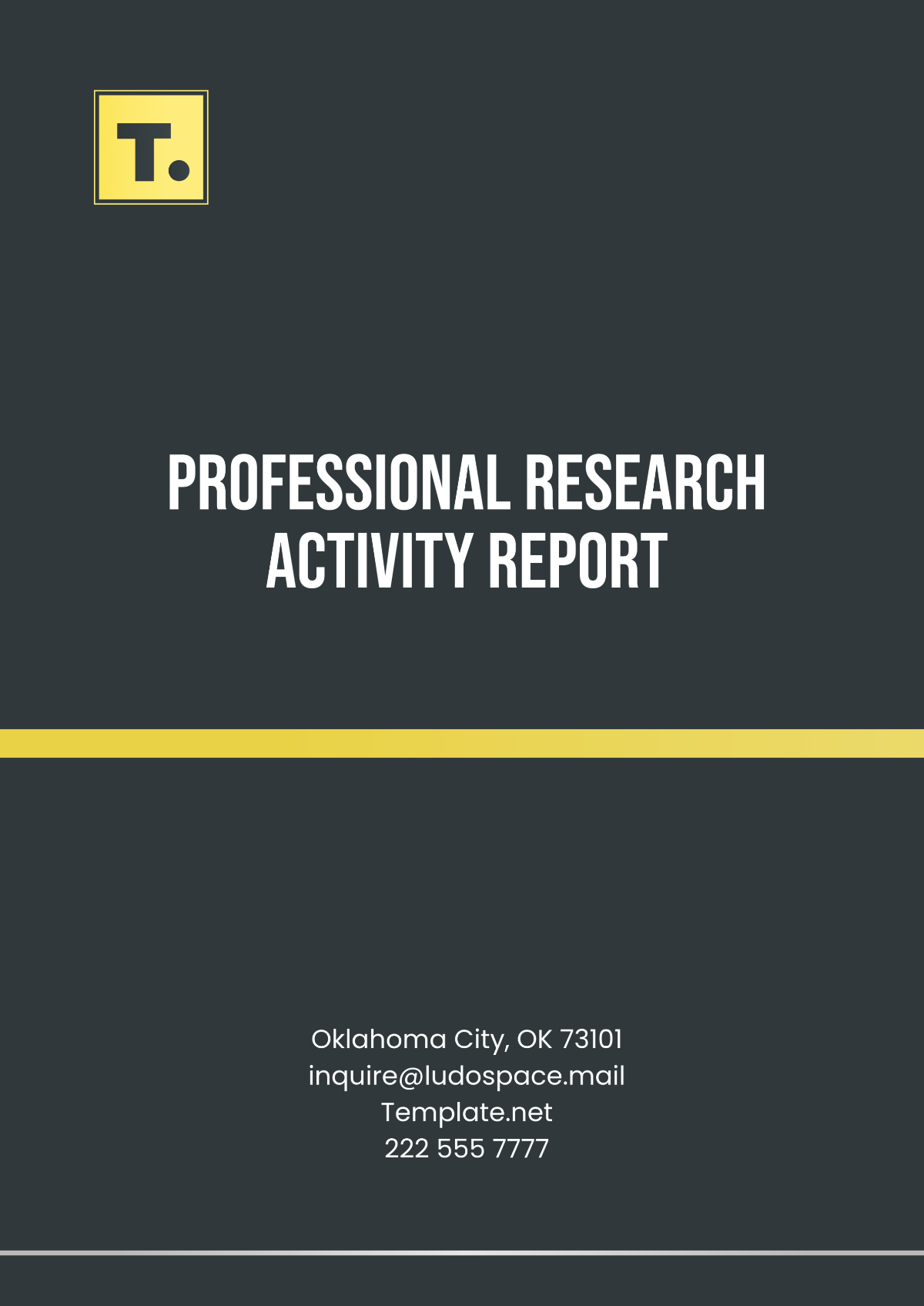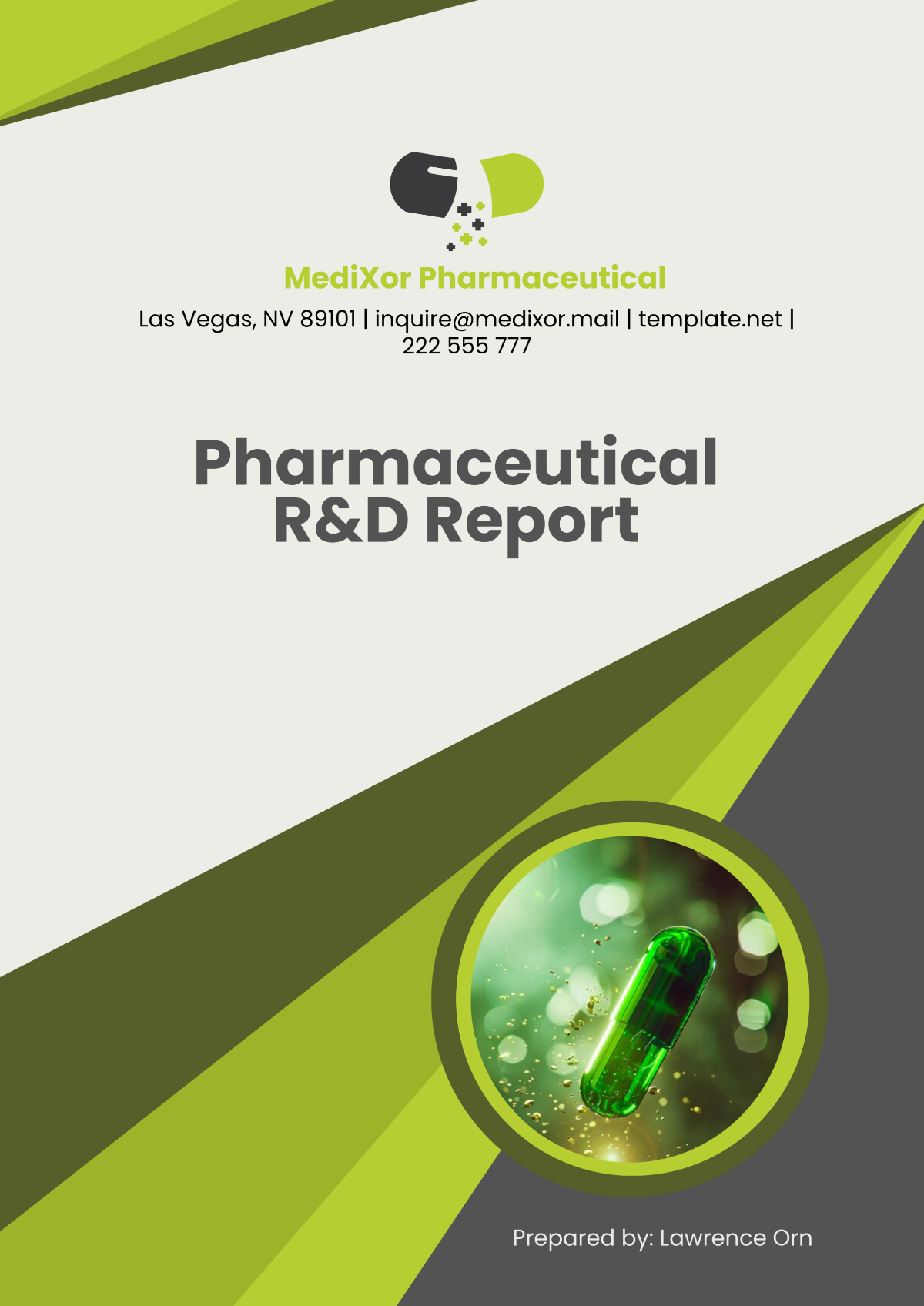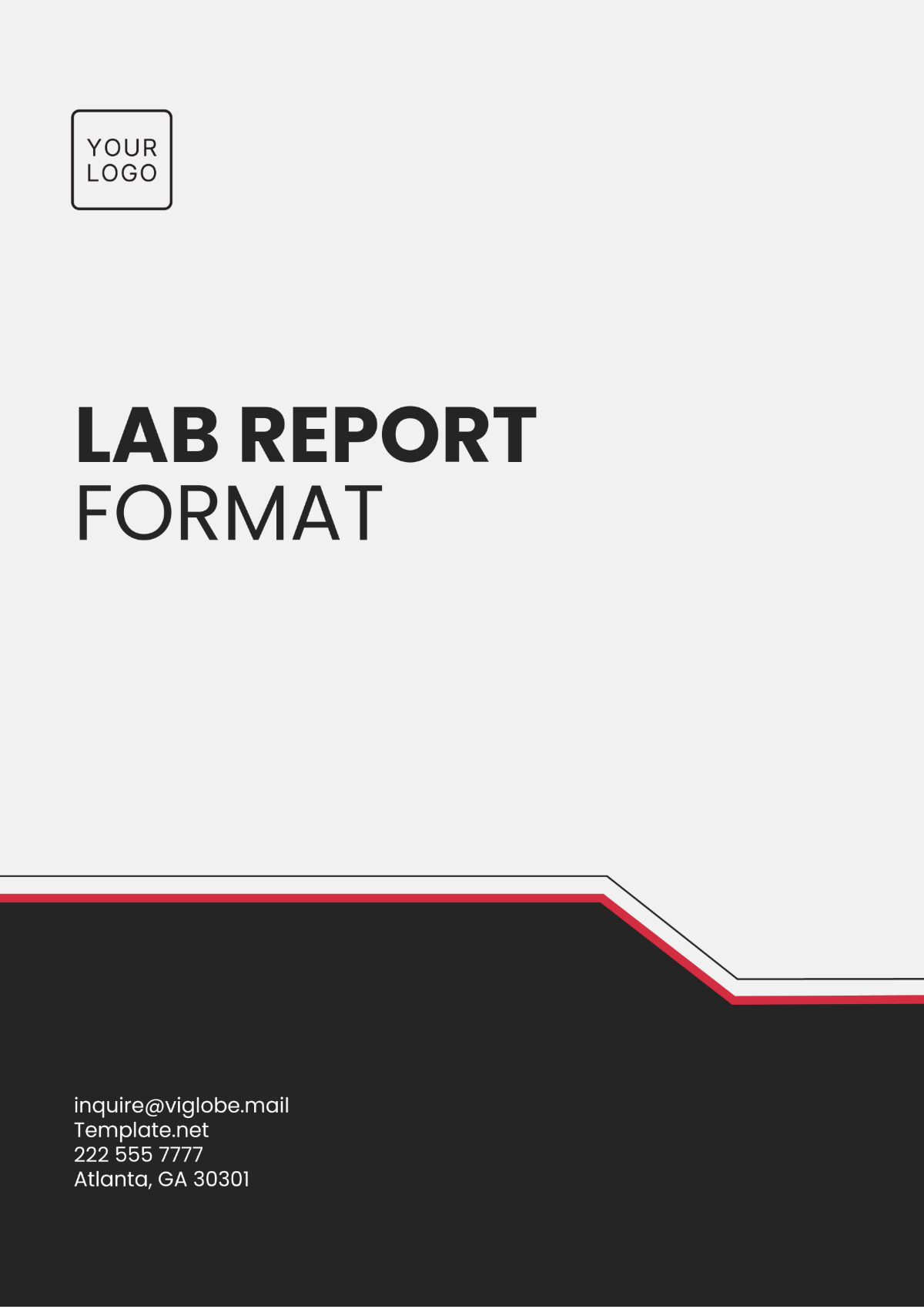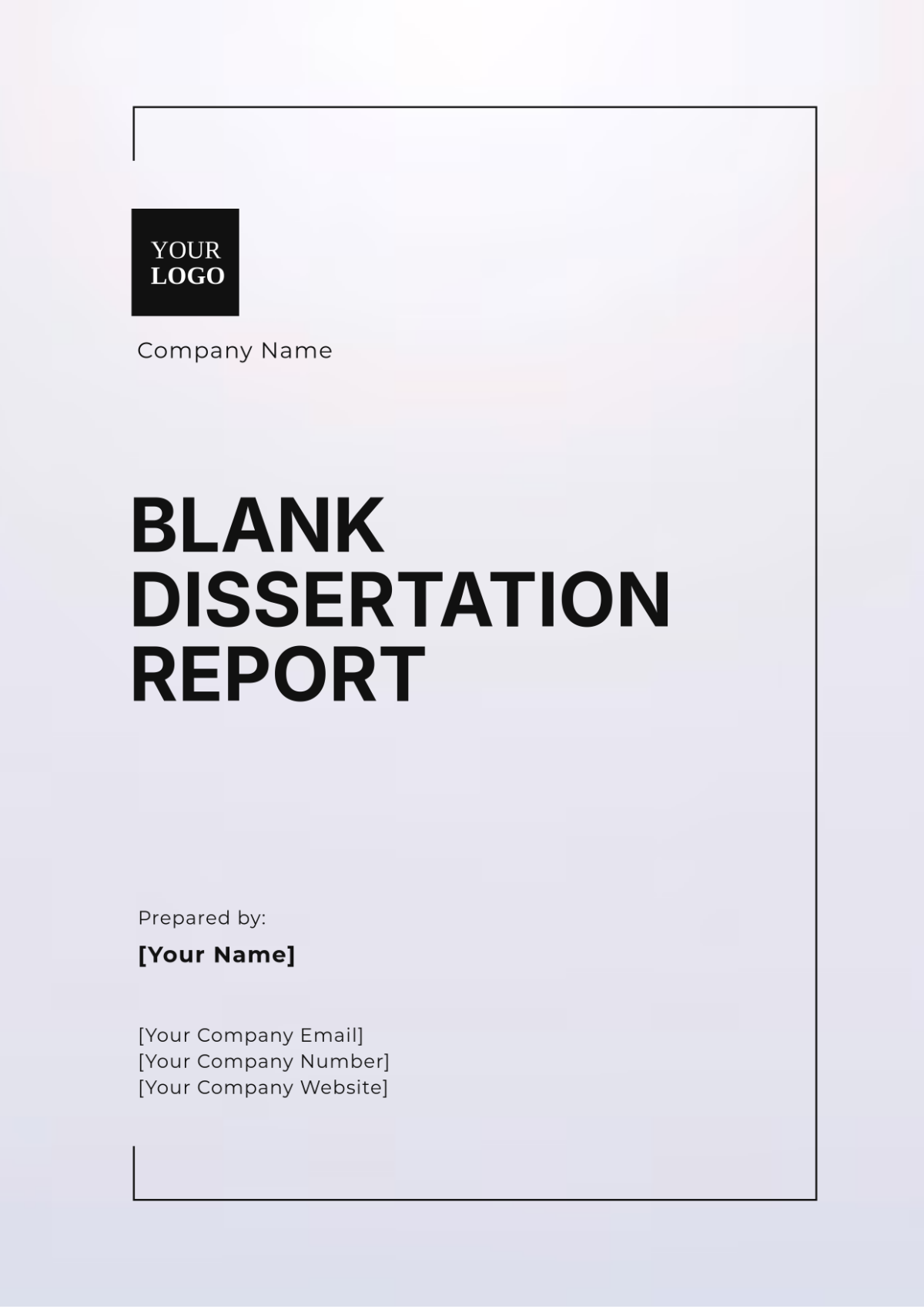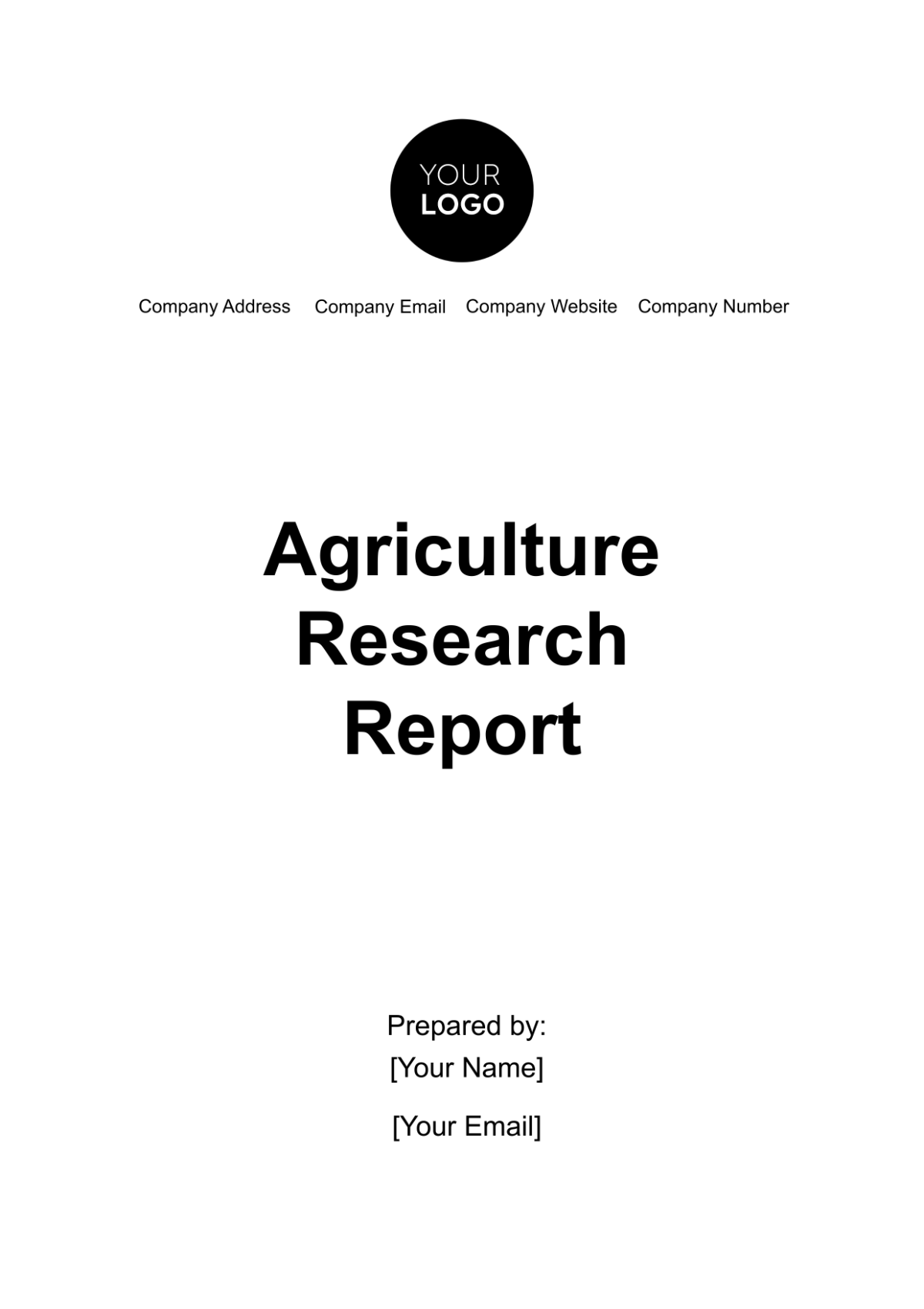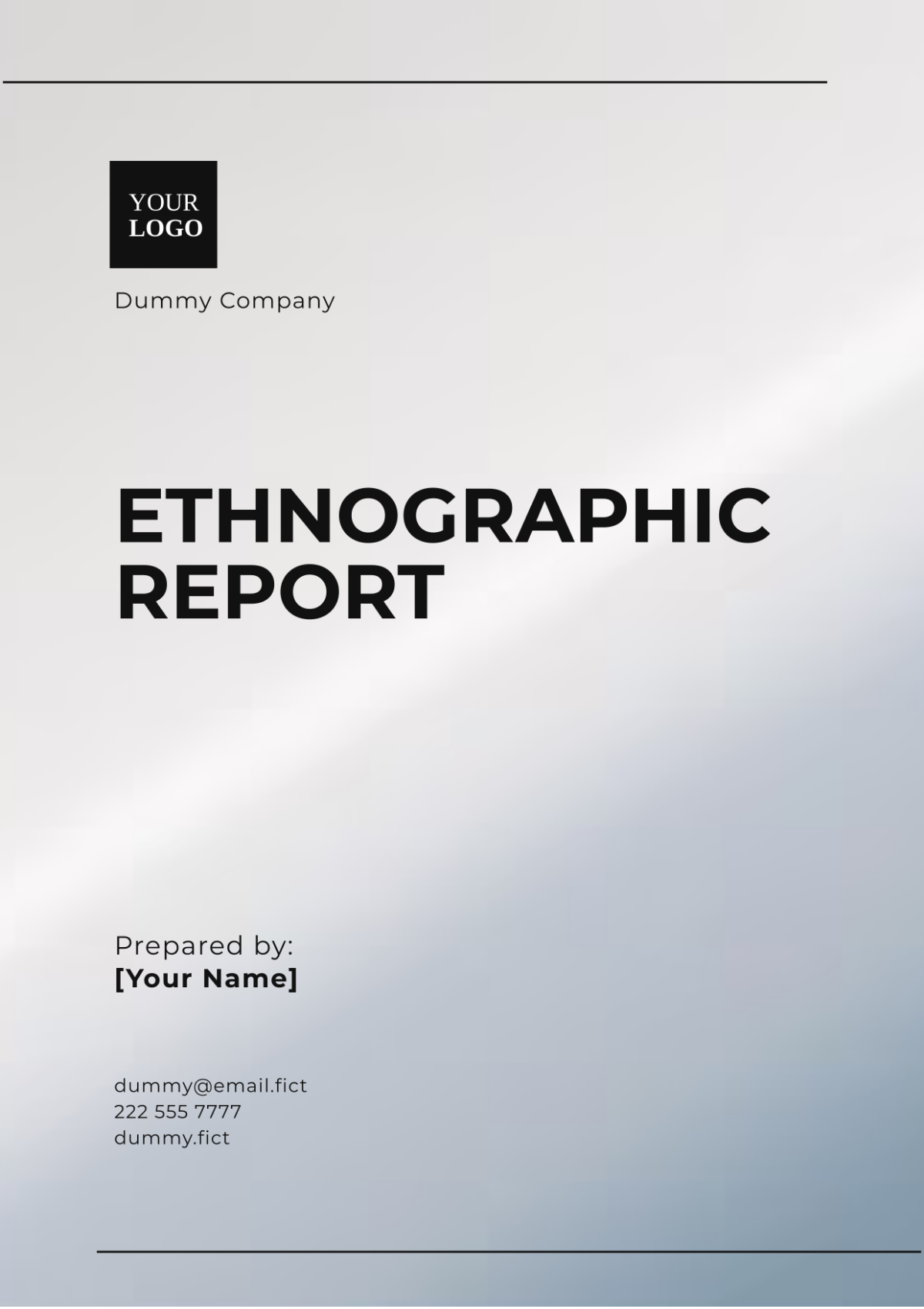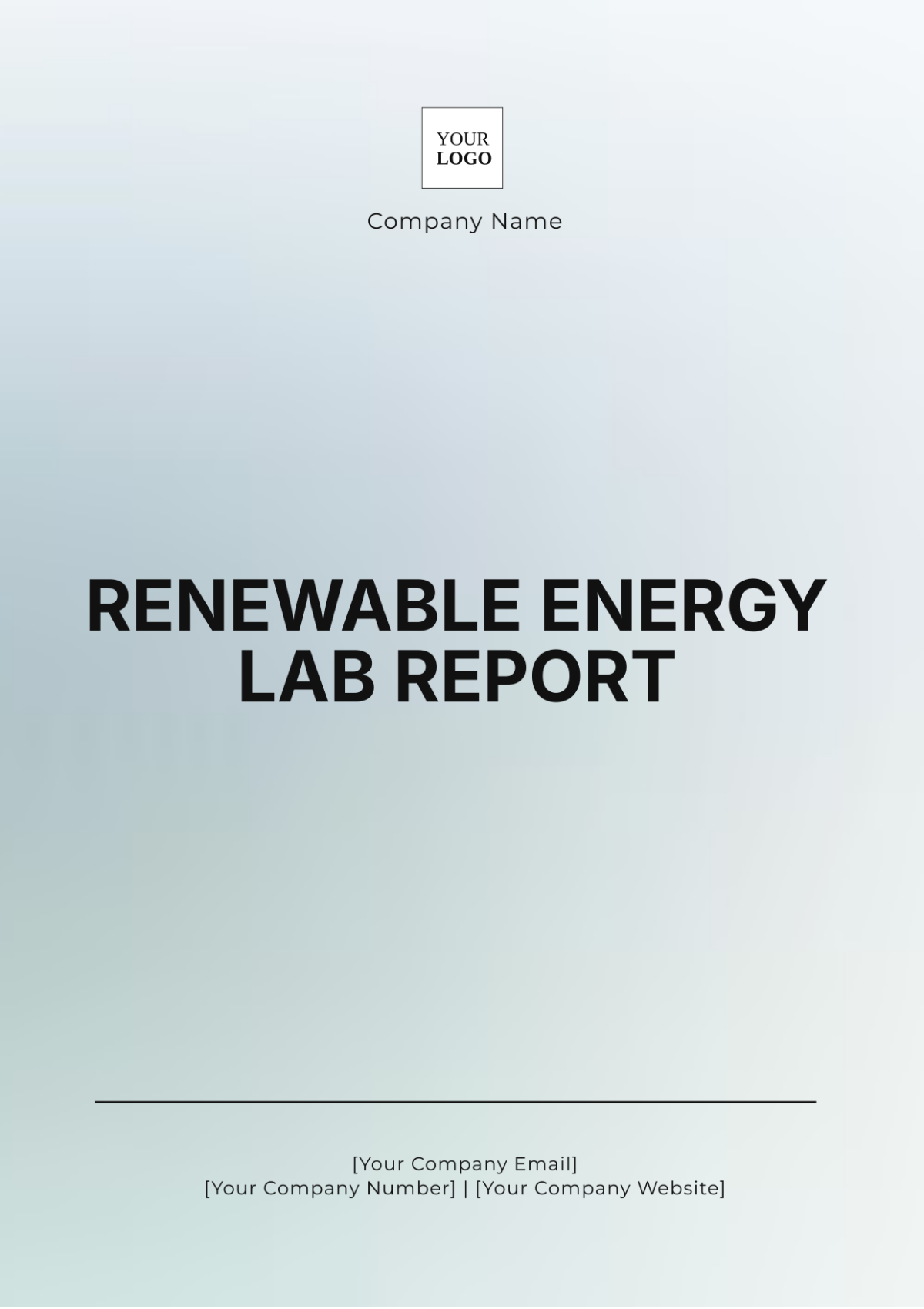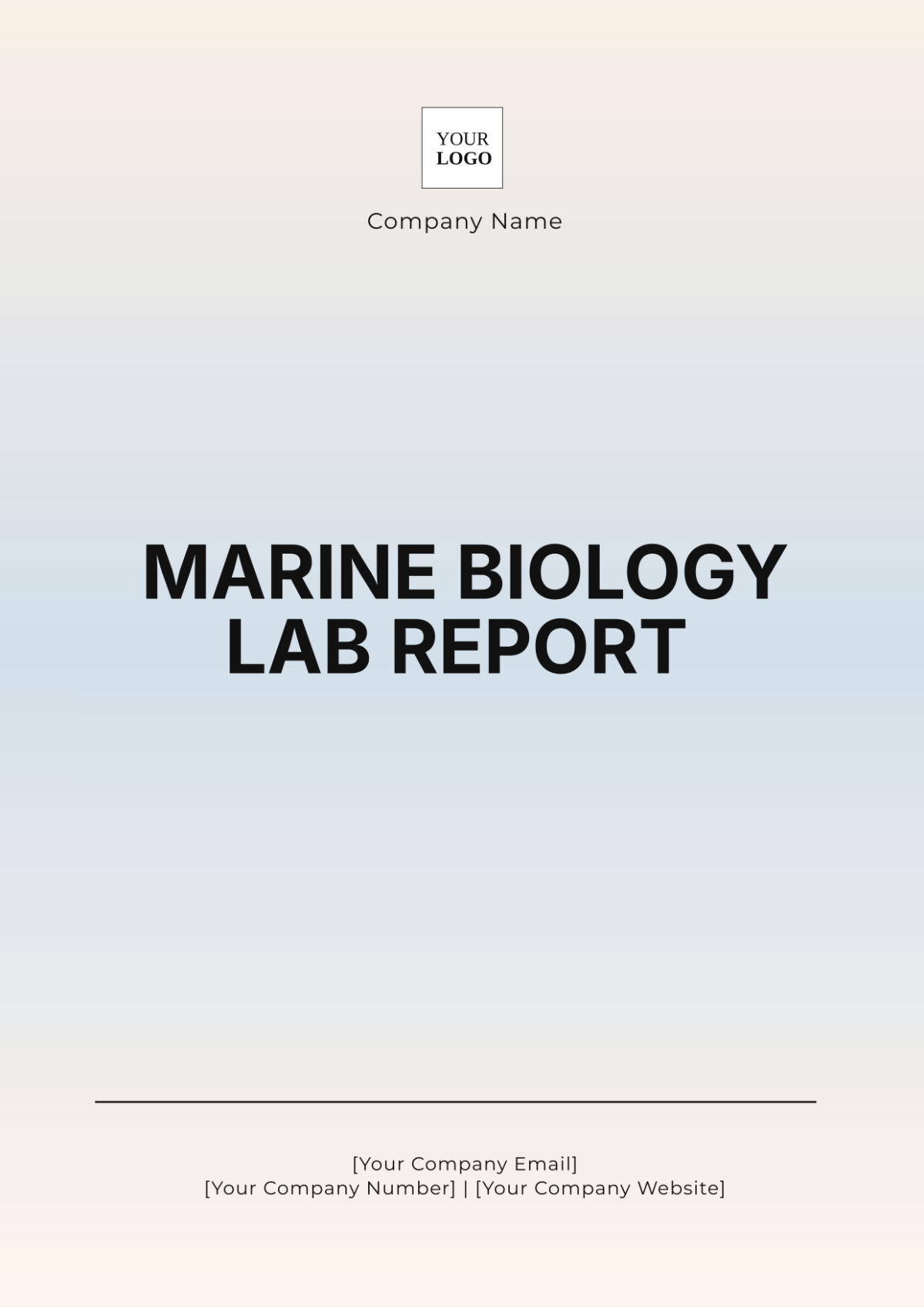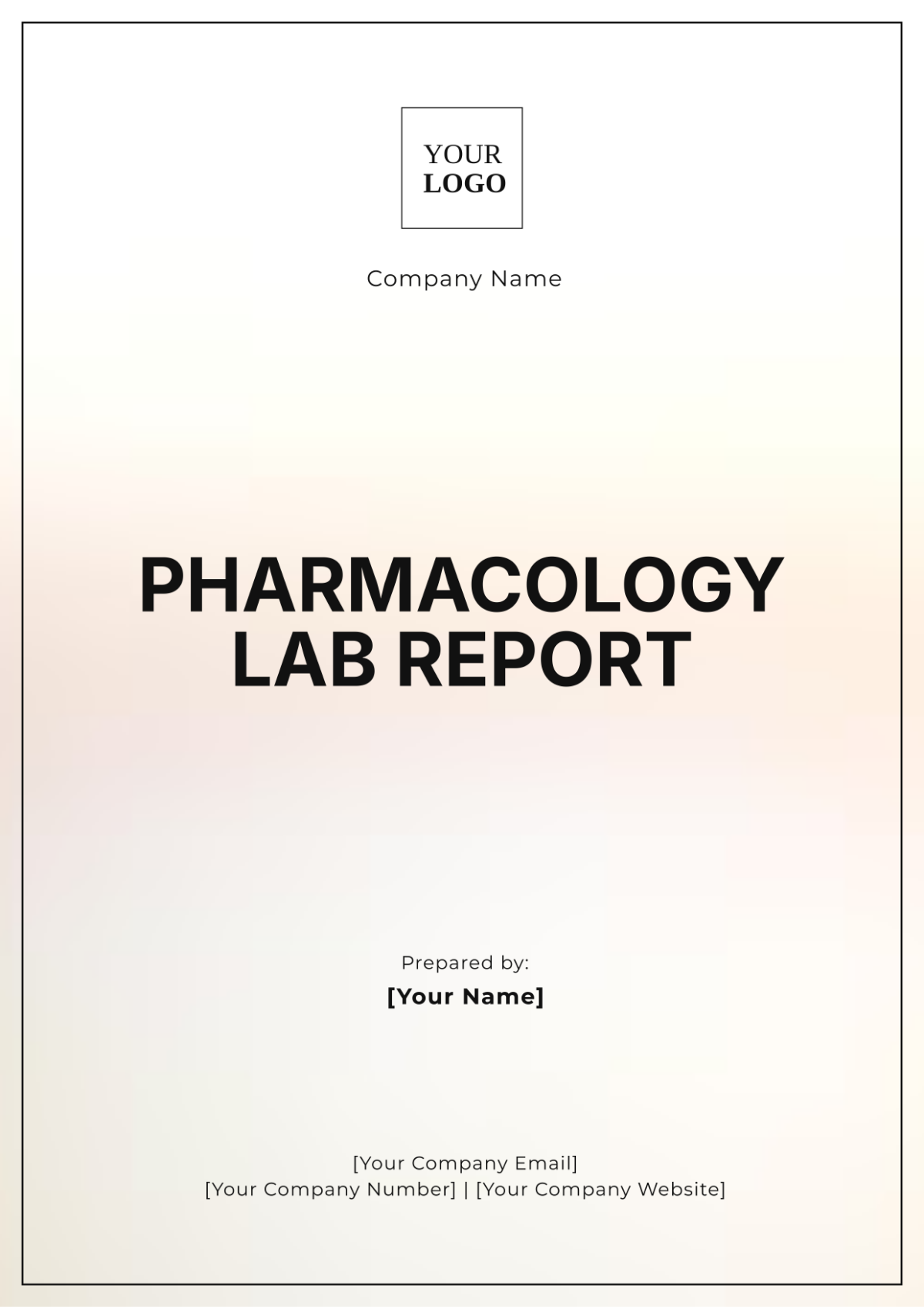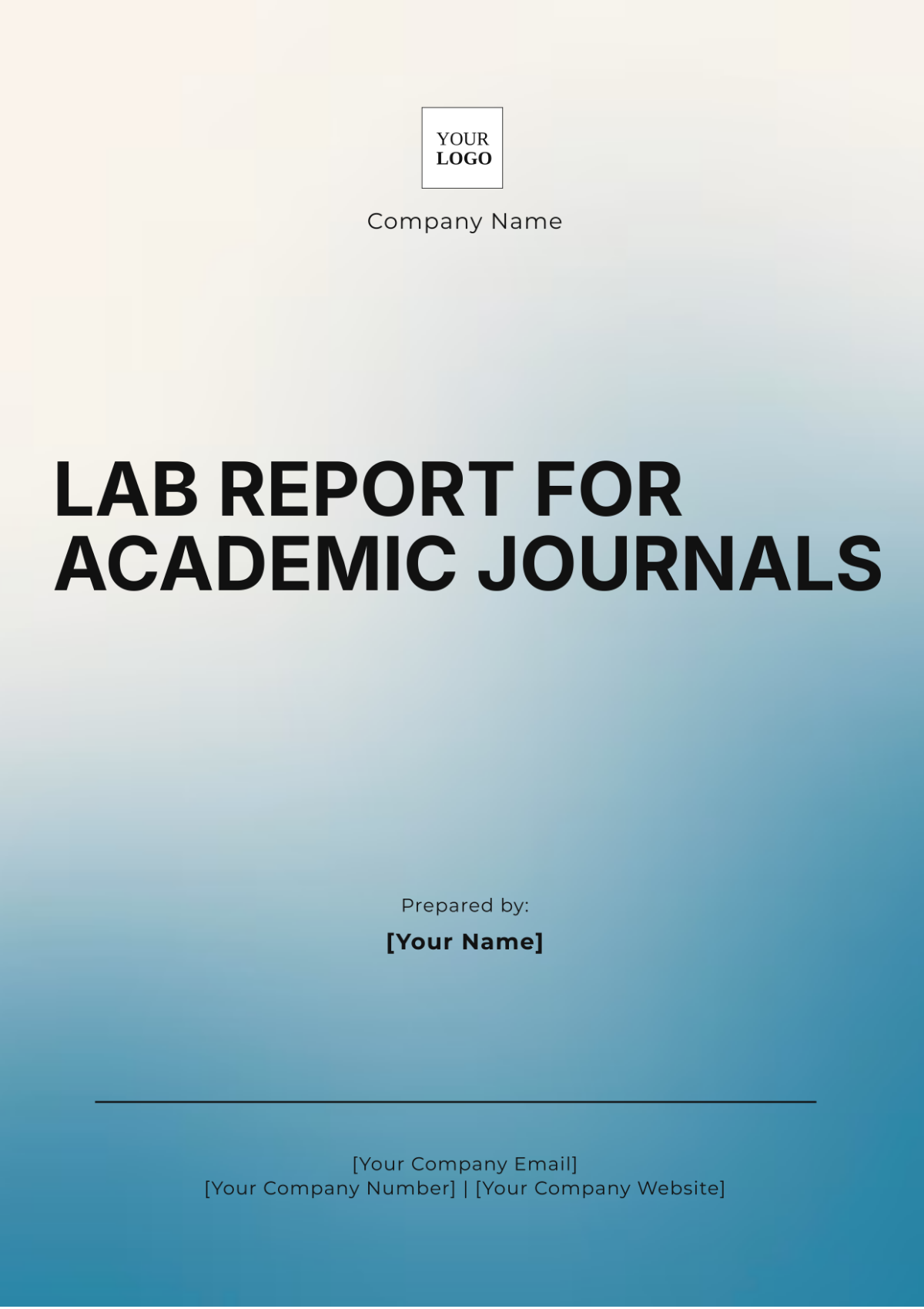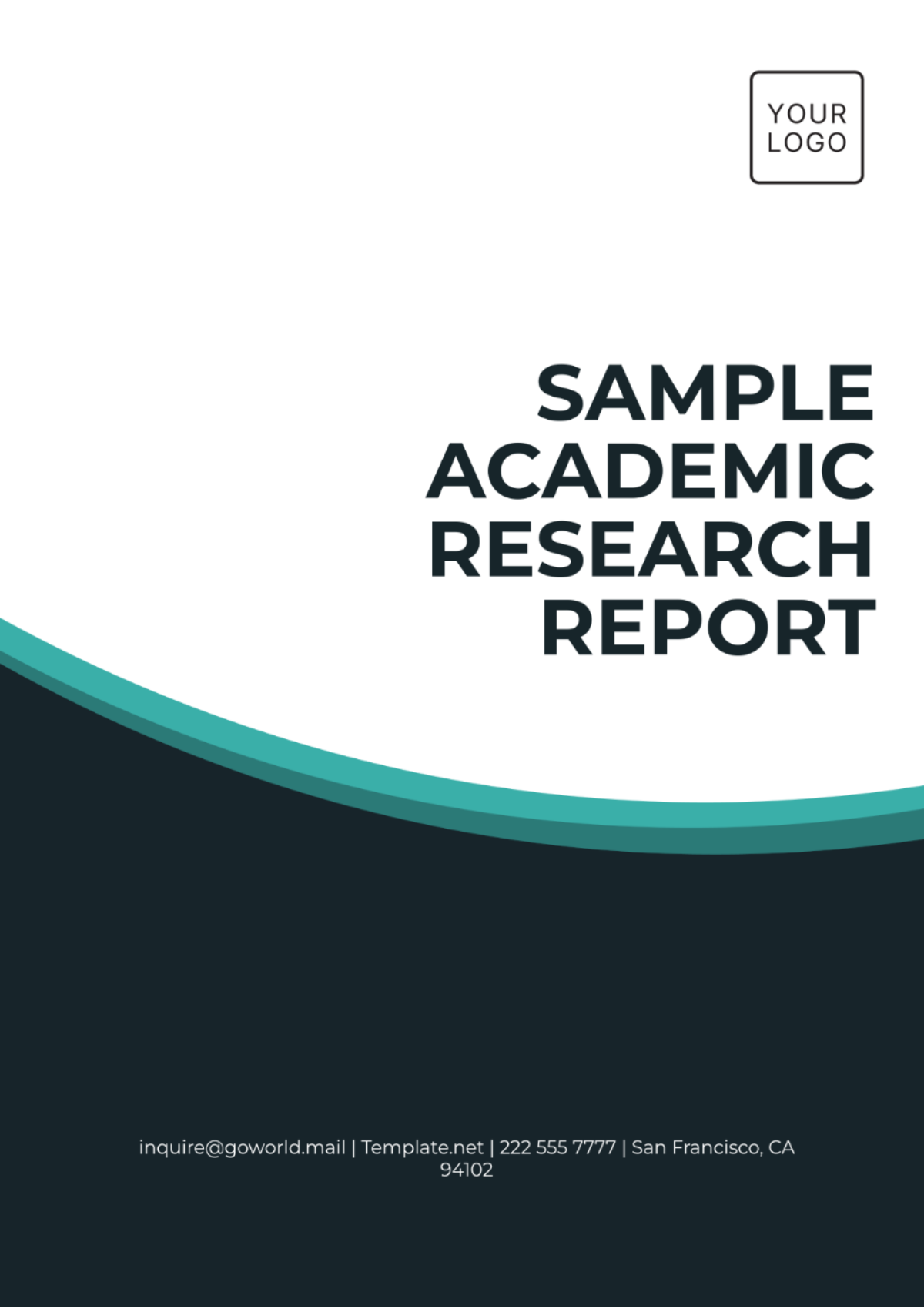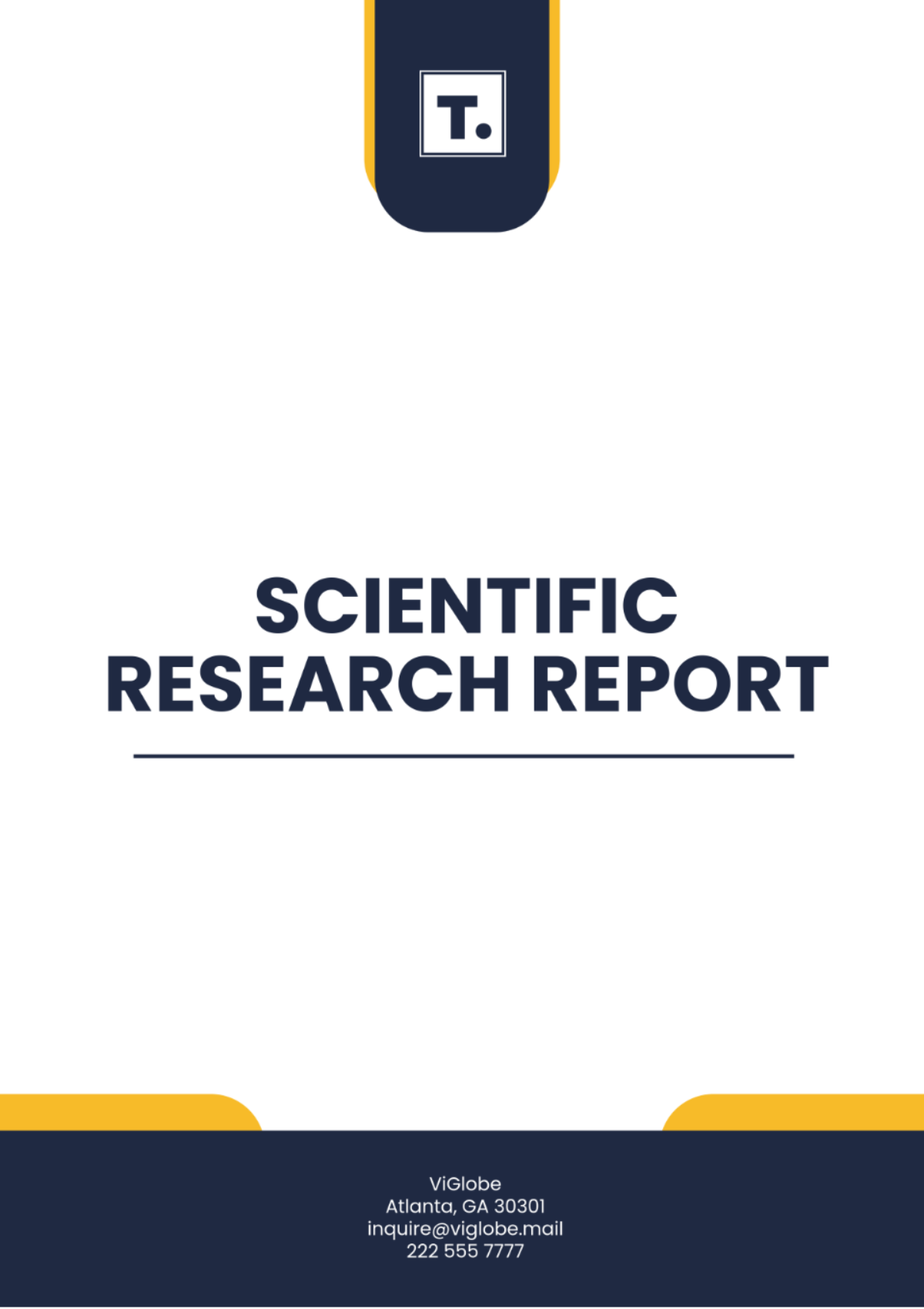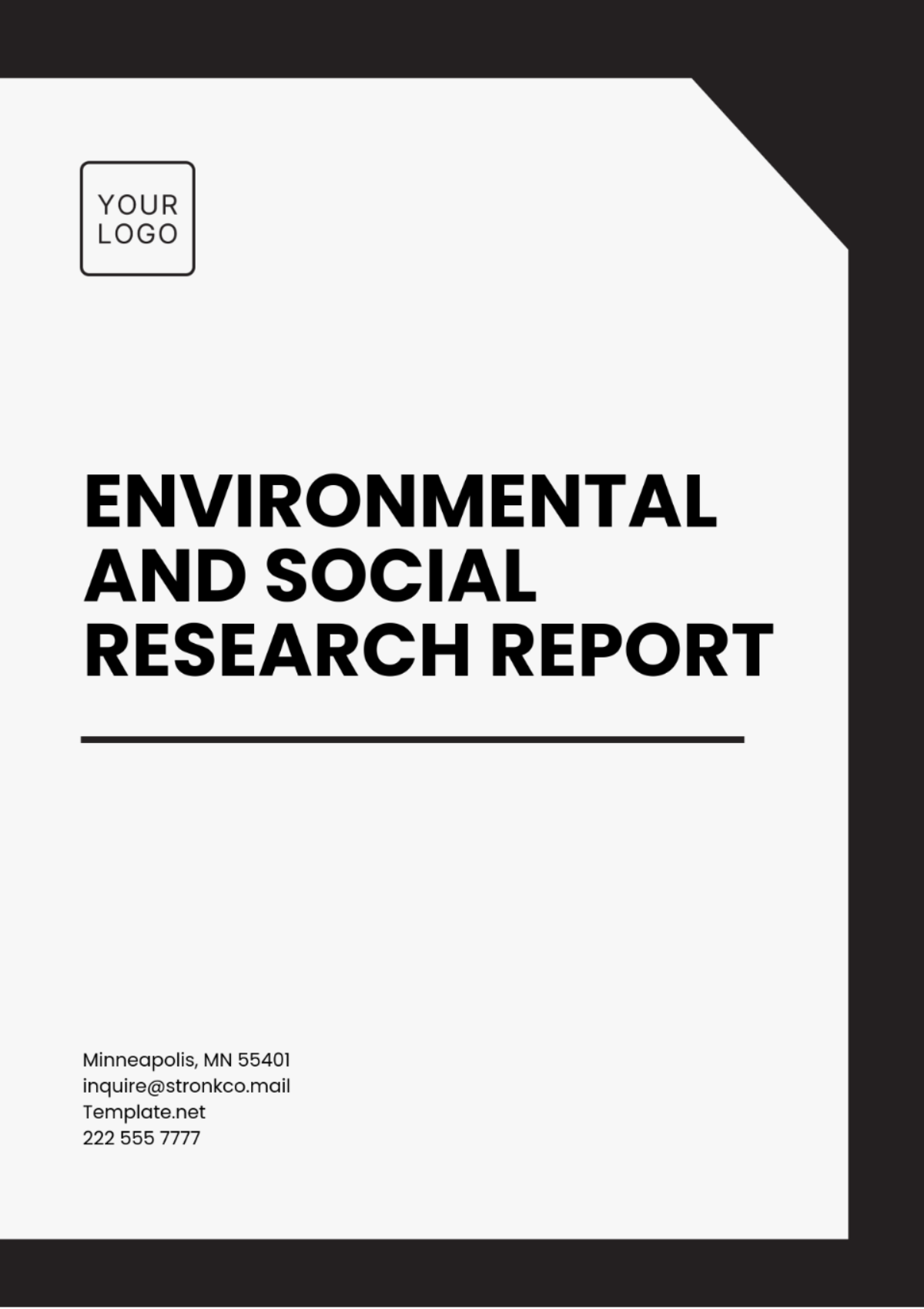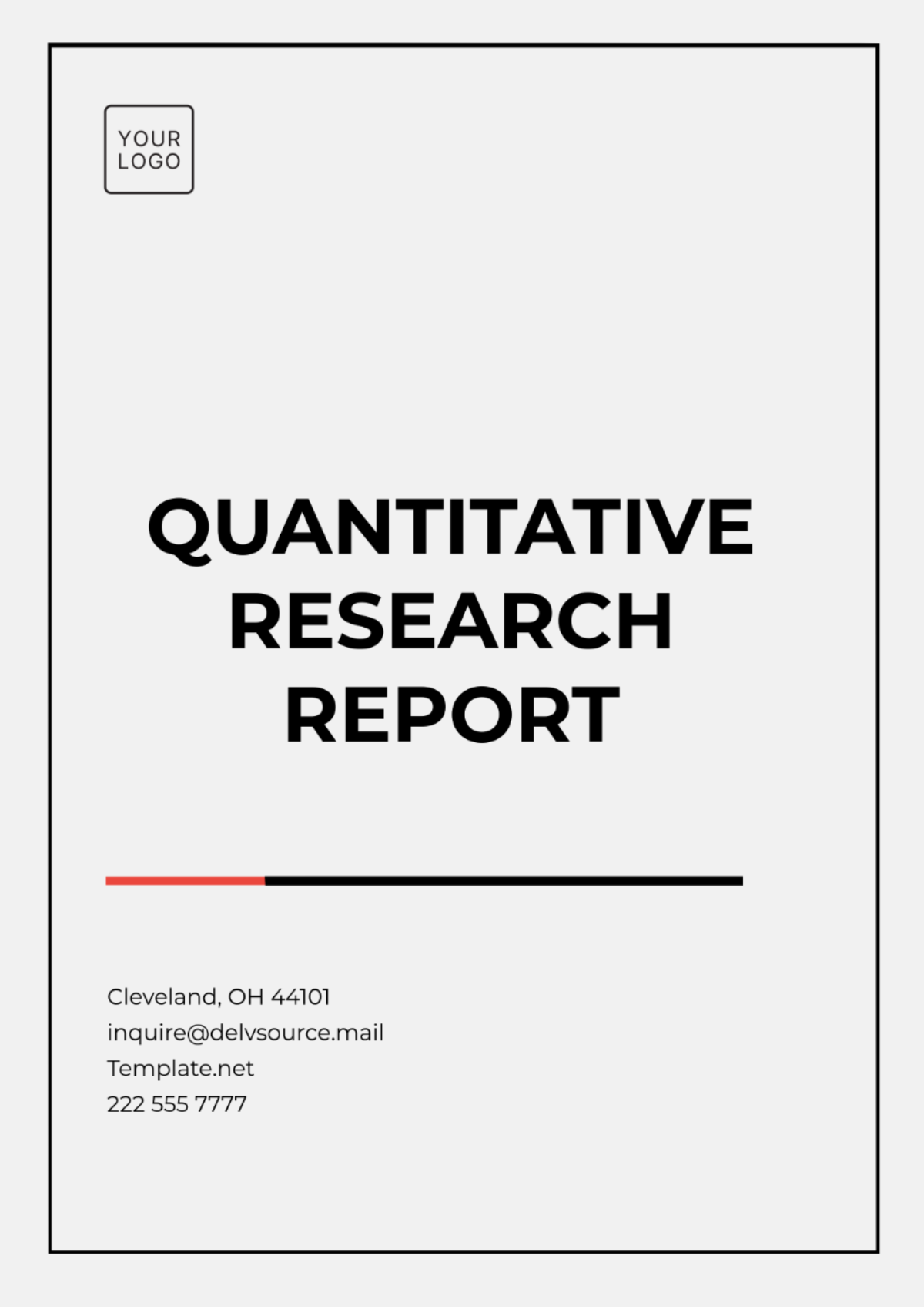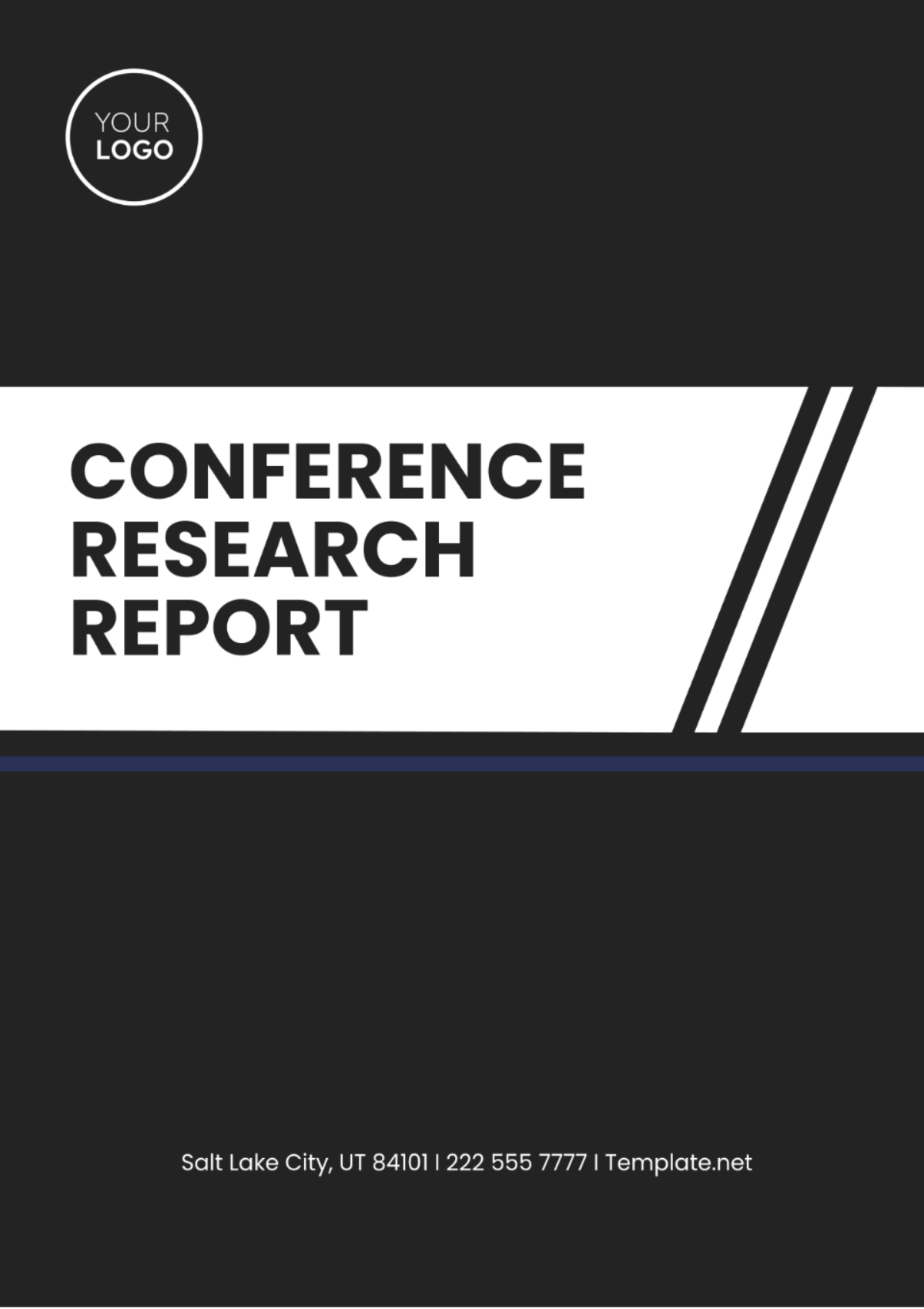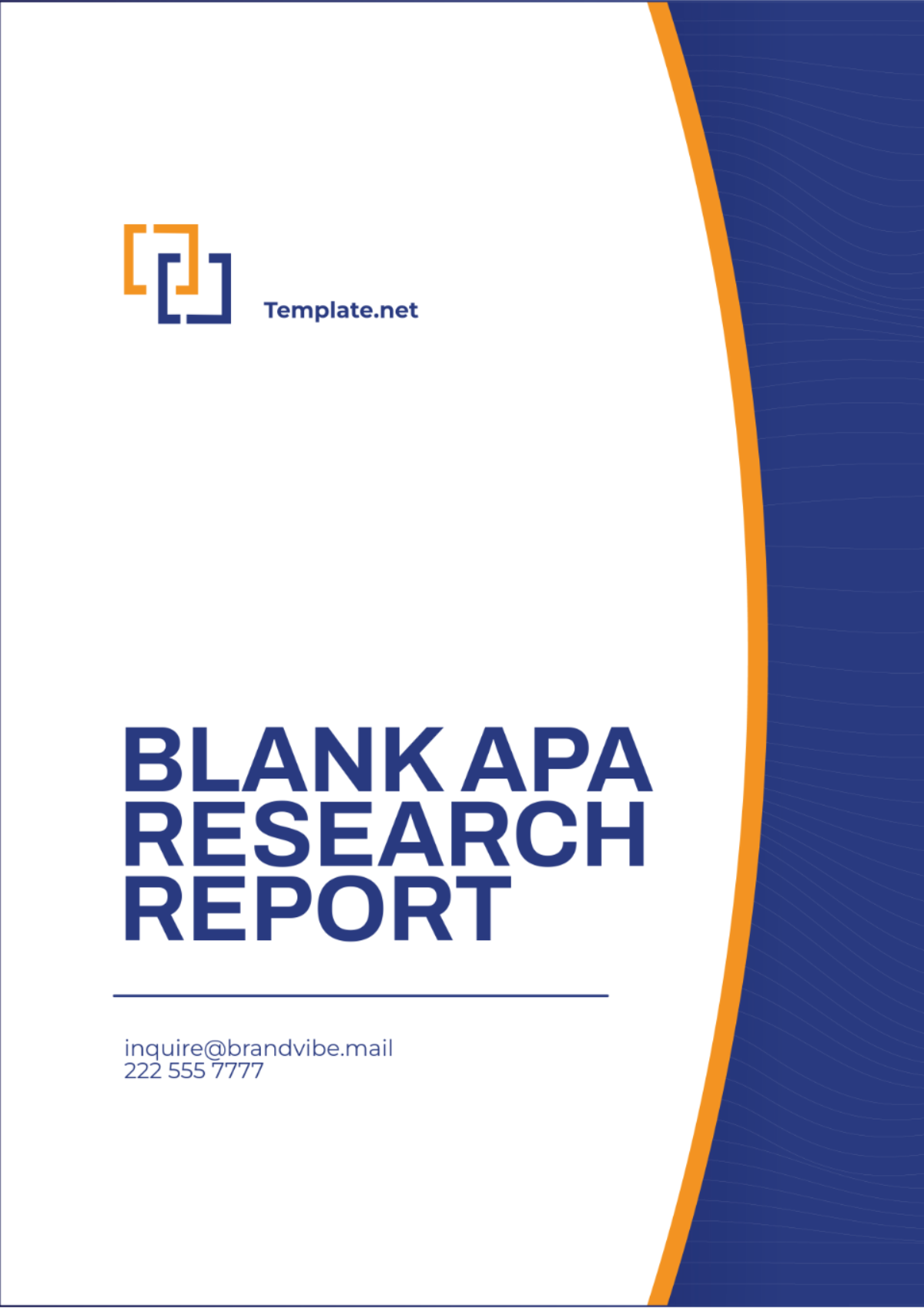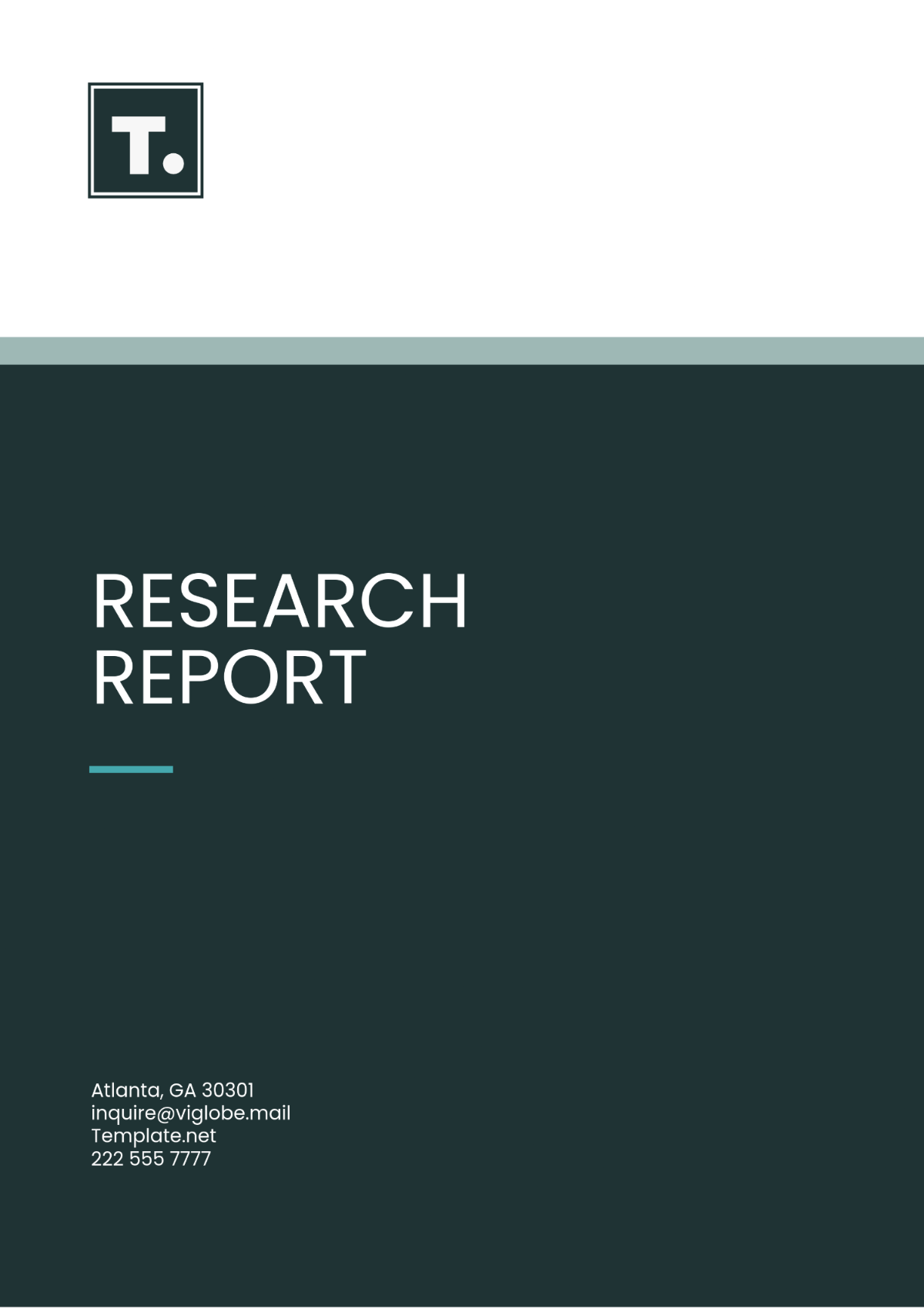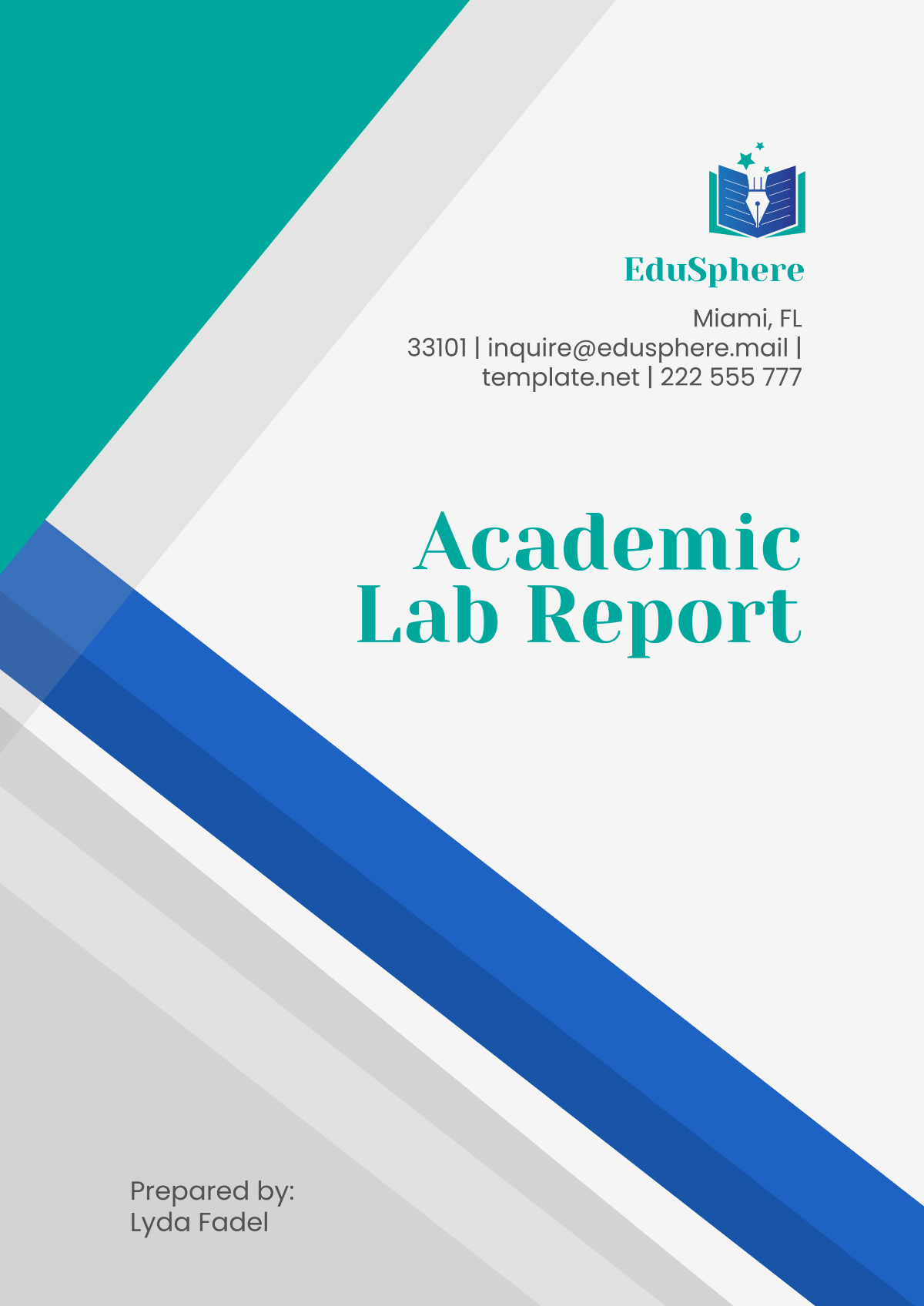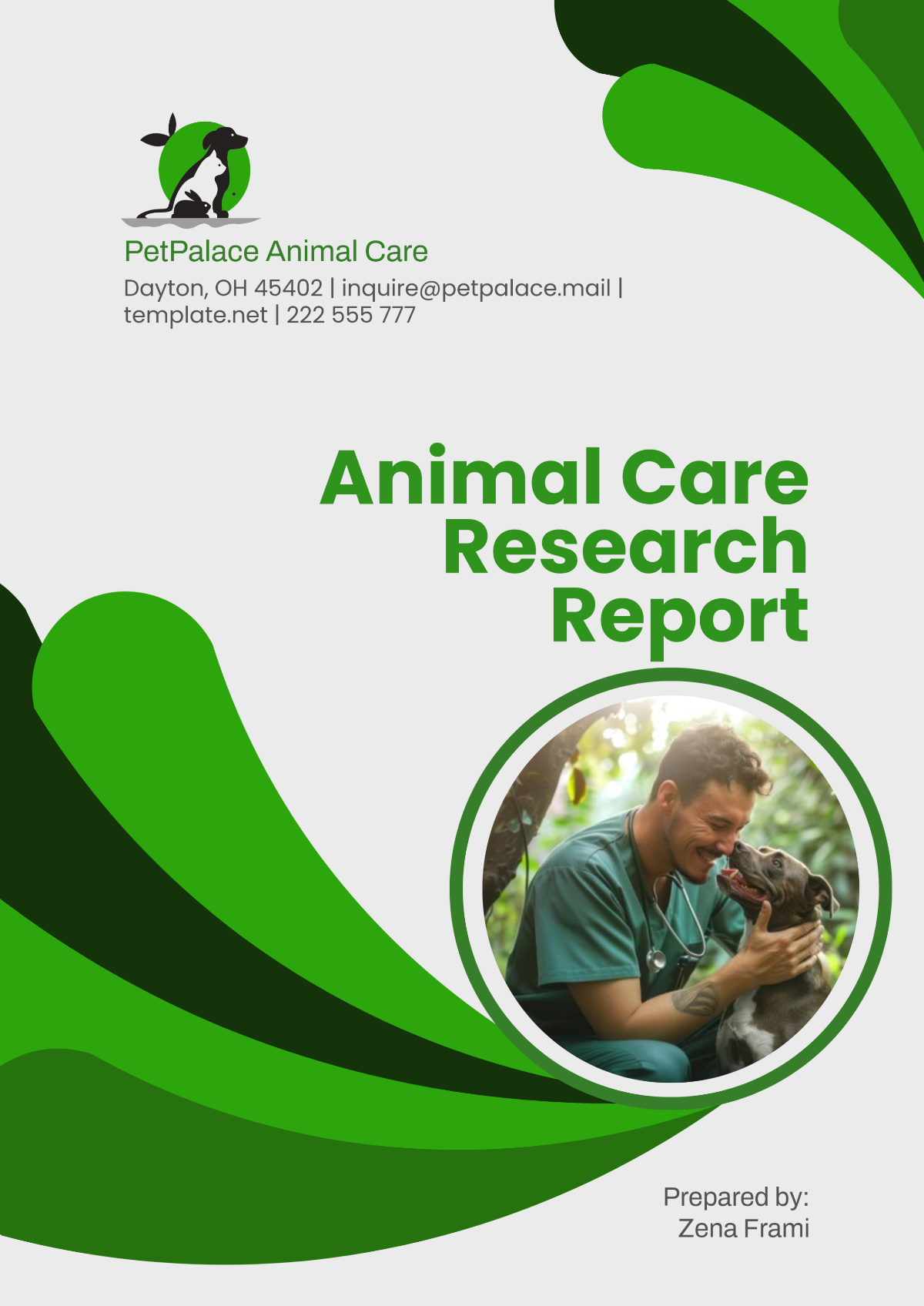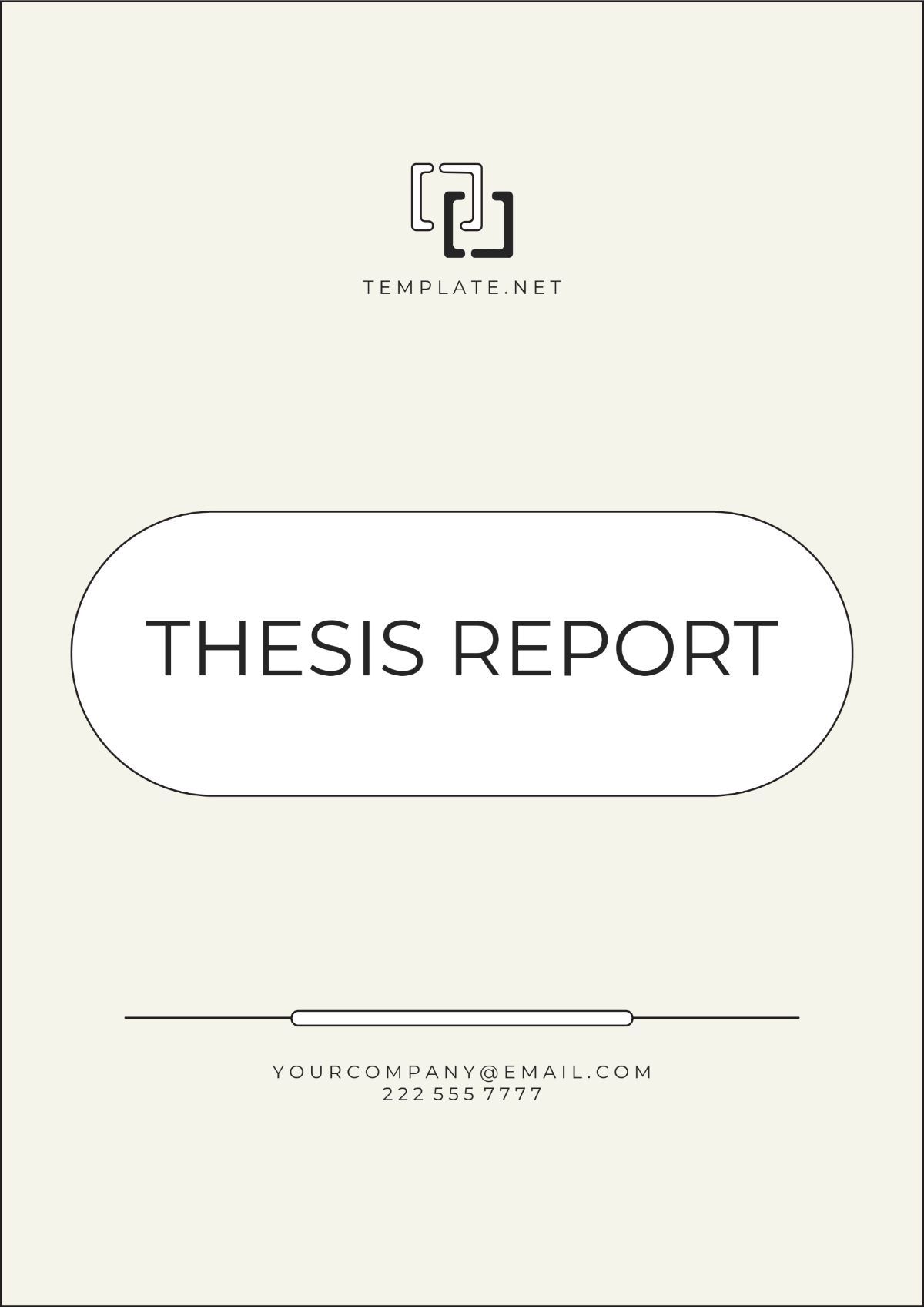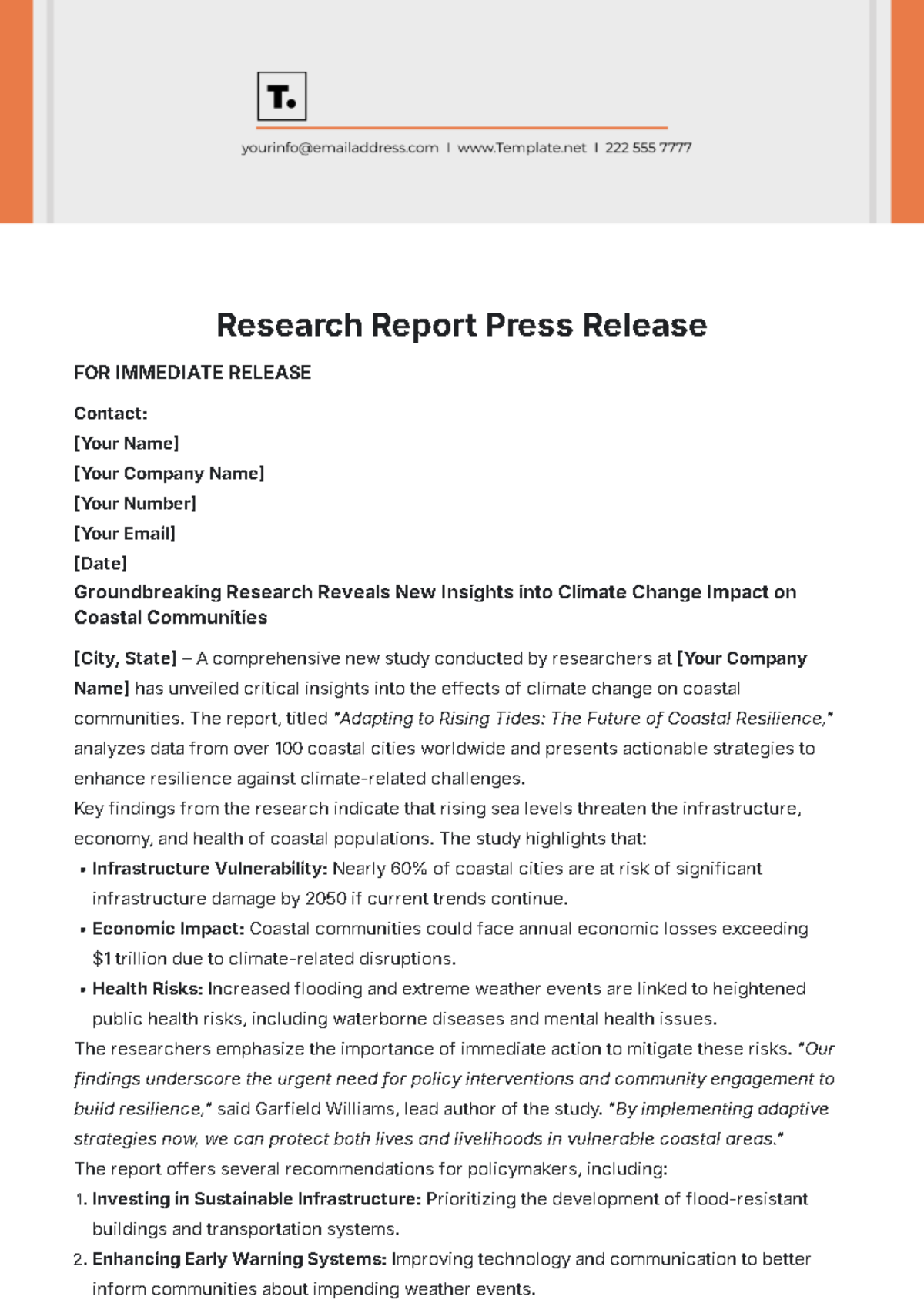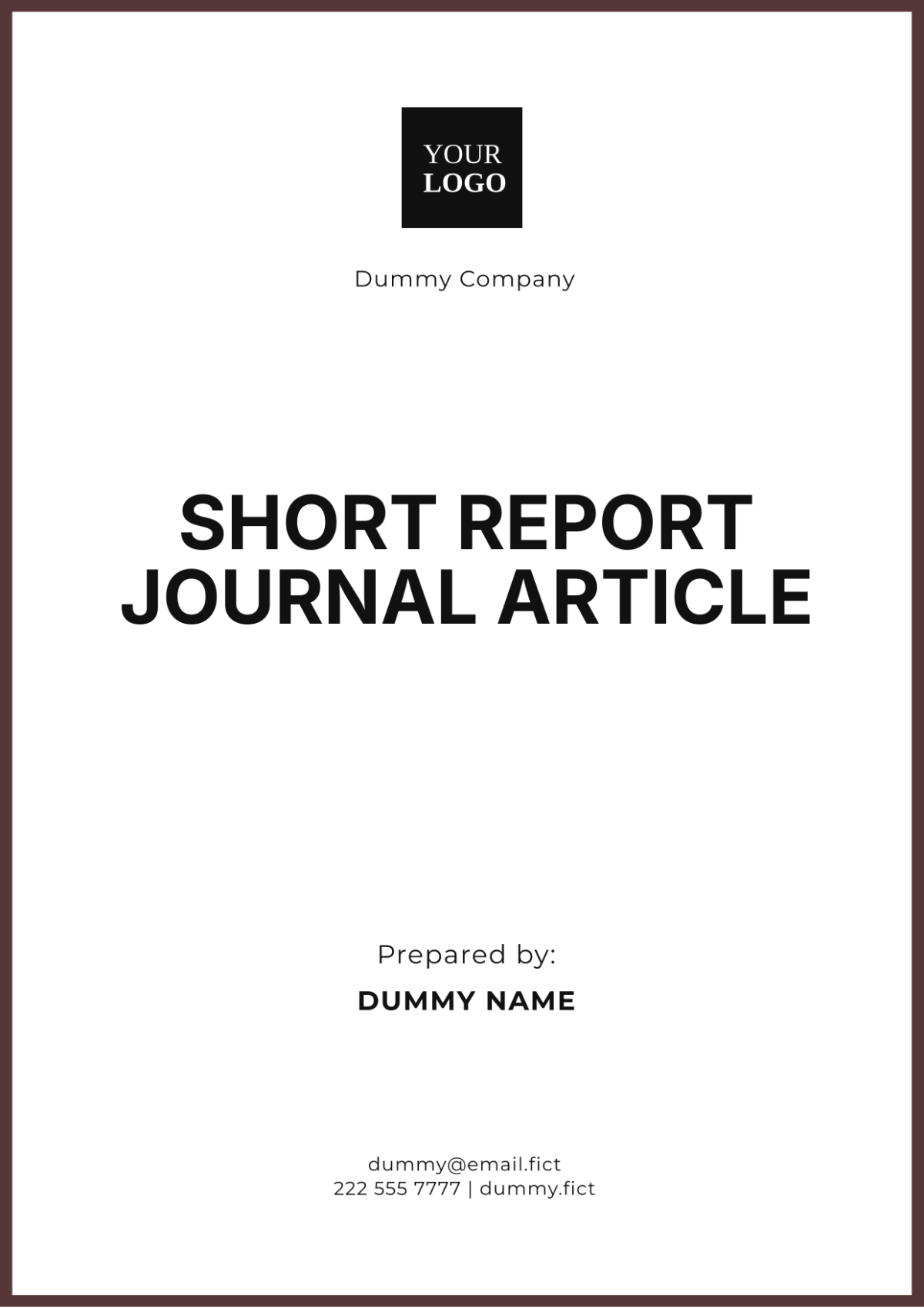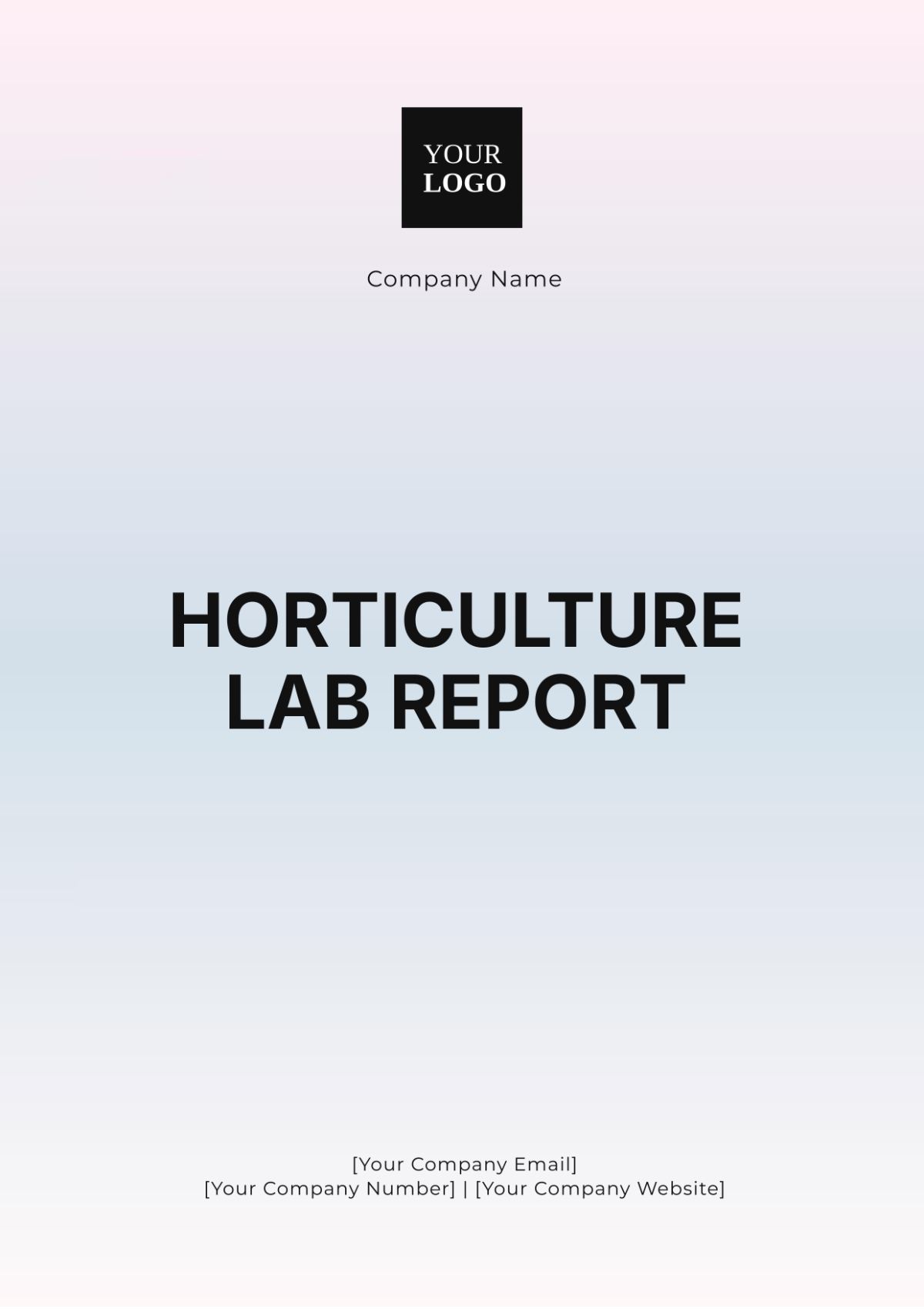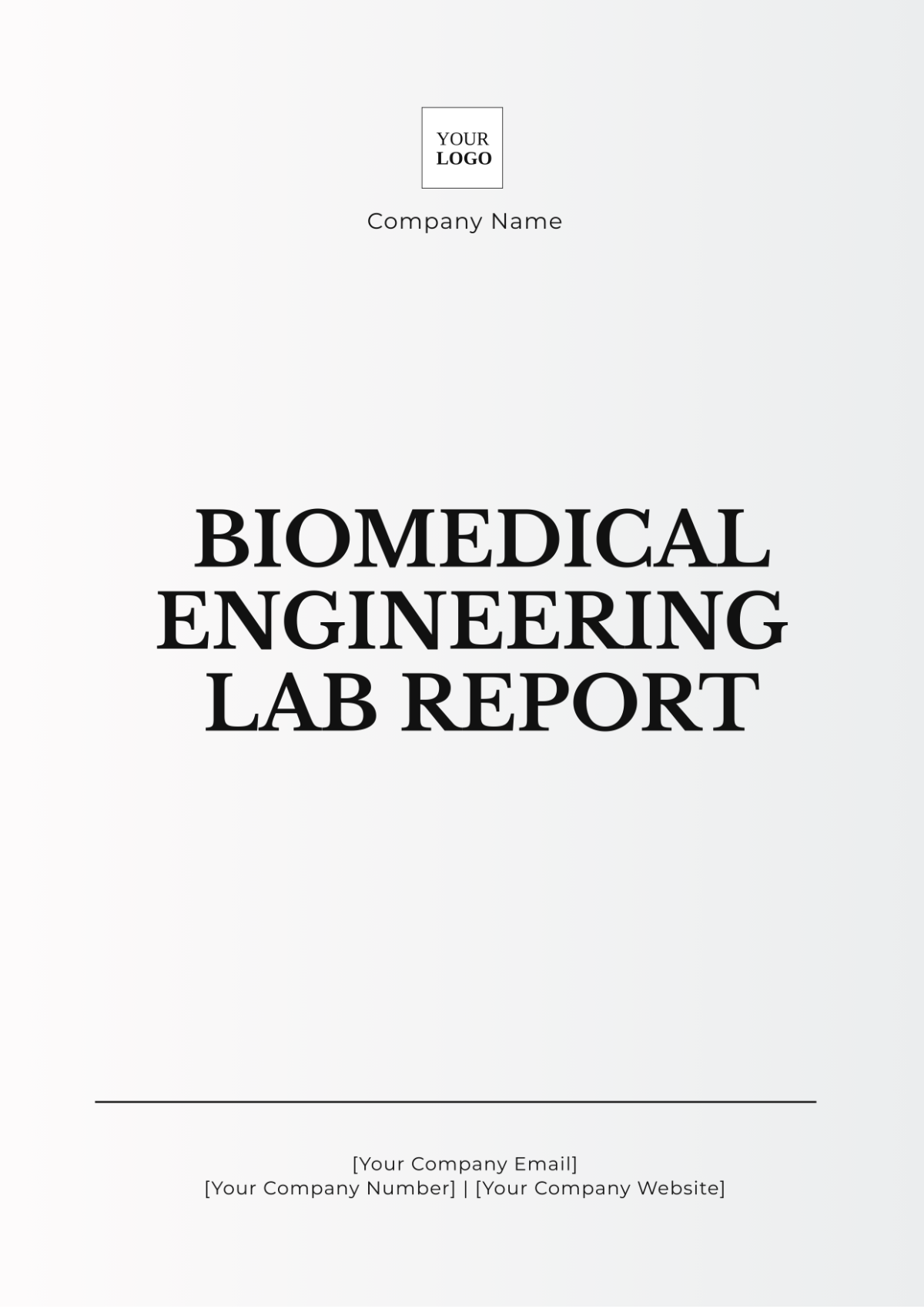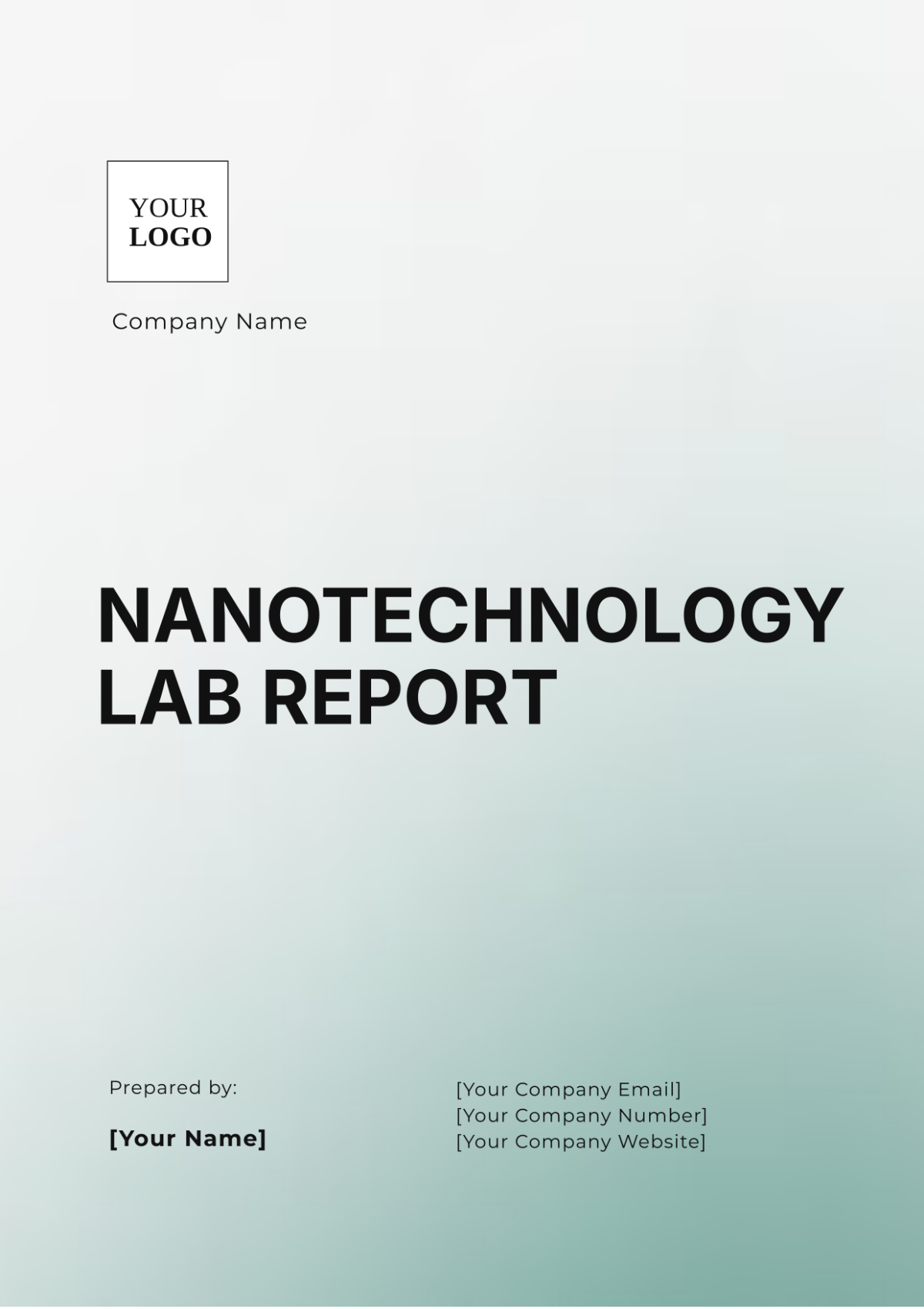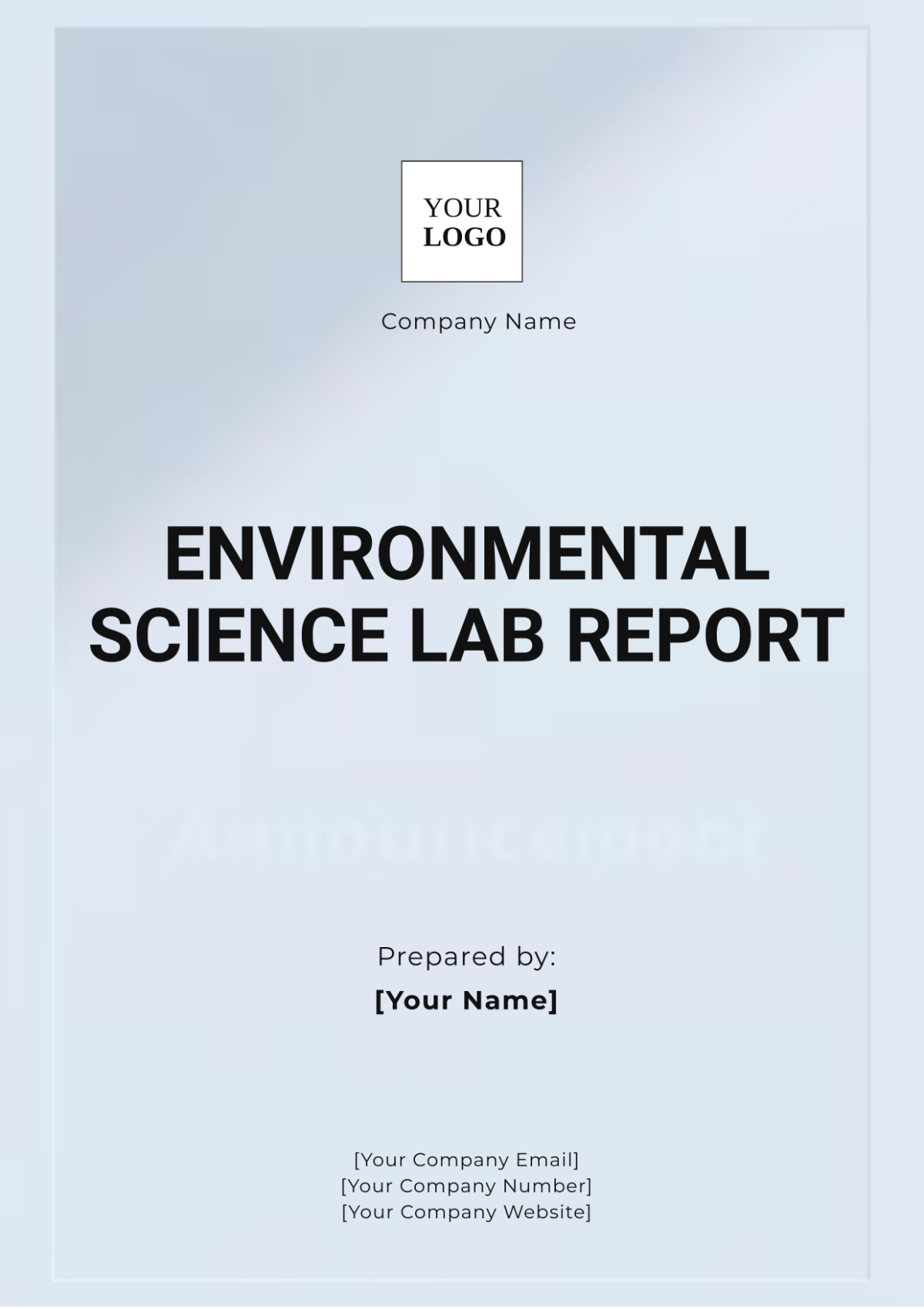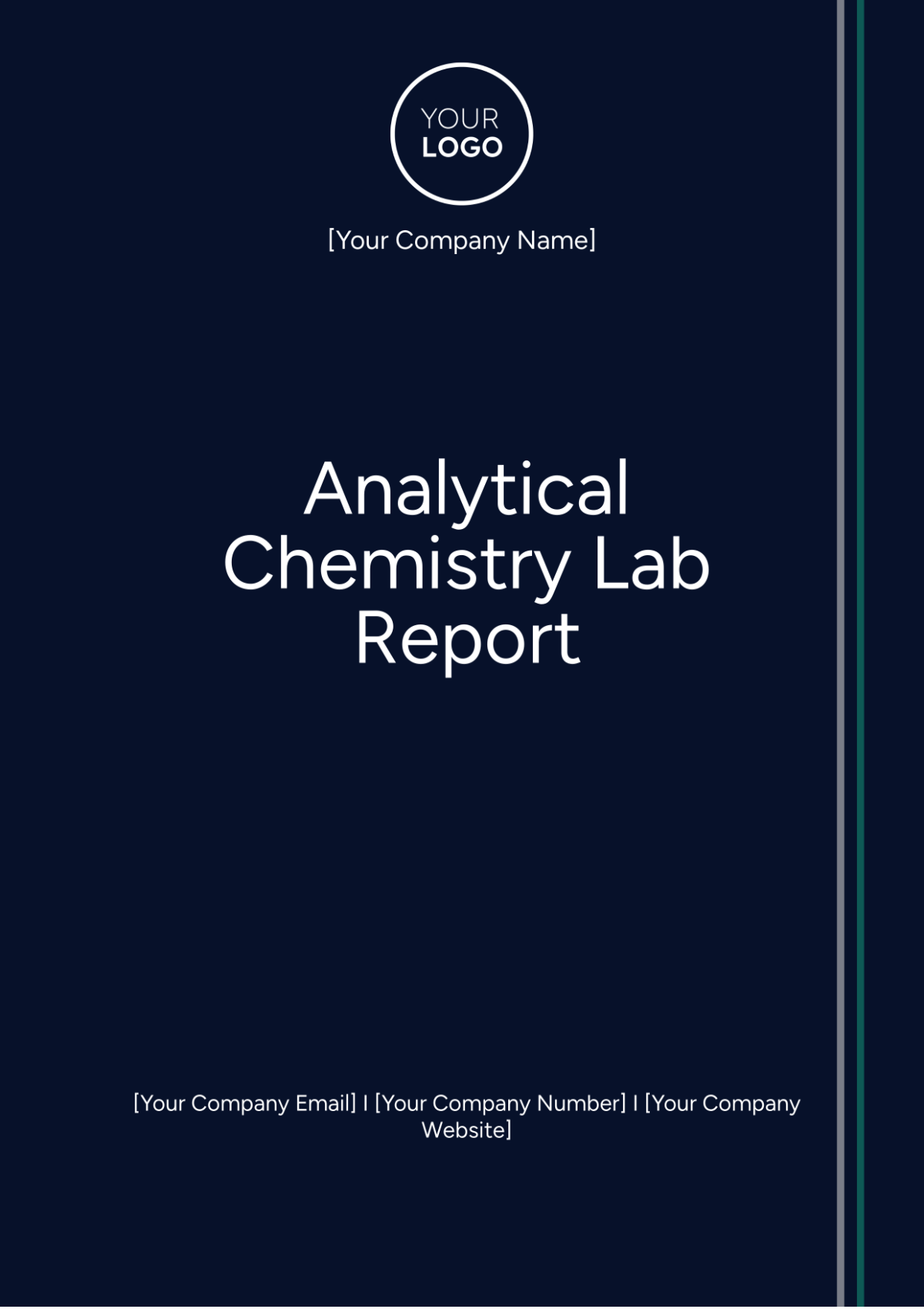Nanotechnology Lab Report
Introduction
Nanotechnology is an advanced field that leverages principles from physics, chemistry, biology, and engineering to manipulate materials at the nanoscale, typically less than 100 nanometers. This report presents a comprehensive overview of the methodology, experimental procedures, results, analysis, and conclusions from a series of experiments aimed at investigating the properties and potential applications of nanomaterials, specifically focusing on silver nanoparticles.
Objectives
The primary objectives of this research were:
To synthesize silver nanoparticles using the chemical reduction method.
To analyze the physical and chemical properties of the synthesized silver nanoparticles.
To explore potential applications of silver nanoparticles in medicine, electronics, and environmental science.
Methodology
Materials
The following materials were utilized in the experiments:
Chemical Reagents:
Silver nitrate (AgNO₃), 0.01 M solution
Sodium borohydride (NaBH₄), 0.02 M solution
Ethanol (C₂H₅OH) for cleaning and preparation
Equipment:
Ultrasonicator (Model: Sonics VCX 750)
Transmission Electron Microscope (TEM) (Model: JEOL JEM-2100F)
Scanning Electron Microscope (SEM) (Model: FEI Quanta 200)
UV-Visible Spectrophotometer (Model: PerkinElmer Lambda 950)
Experimental Procedure
The experimental procedure for synthesizing and characterizing silver nanoparticles was carried out as follows:
Synthesis of Silver Nanoparticles
Preparation of Silver Nitrate Solution: Dissolve 0.85 grams of silver nitrate (AgNO₃) in 100 milliliters of deionized water to prepare a 0.01 M solution.
Preparation of Sodium Borohydride Solution: Dissolve 0.76 grams of sodium borohydride (NaBH₄) in 50 milliliters of cold deionized water to prepare a 0.02 M solution.
Reaction: Slowly add the sodium borohydride solution dropwise to the silver nitrate solution while stirring continuously at room temperature. The reaction mixture is maintained under constant stirring for 30 minutes.
Observation: A color change from colorless to yellow-brown indicates the formation of silver nanoparticles. The solution is then centrifuged at 10,000 rpm for 15 minutes to isolate the nanoparticles.
Characterization of Nanoparticles
Transmission Electron Microscopy (TEM):
Sample Preparation: Place a drop of the nanoparticle suspension on a copper grid and allow it to air-dry.
Analysis: Examine the samples using a JEOL JEM-2100F TEM to determine particle size and morphology.
Results: The average particle size was found to be 20 nm with a spherical shape.
UV-Visible Spectroscopy:
Procedure: Transfer an aliquot of the nanoparticle suspension into a quartz cuvette.
Analysis: Record the UV-visible spectrum using a PerkinElmer Lambda 950 Spectrophotometer.
Results: The UV-visible spectrum displayed a prominent absorption peak at 420 nm, indicative of silver nanoparticles.
Peak Wavelength: 420 nm
Peak Absorbance: 1.2
Results
Experiment | Parameter | Value | Units | Remarks |
|---|---|---|---|---|
Synthesis of Nanoparticles | Color Change | Colorless to Yellow-Brown | - | Indicates the formation of silver nanoparticles. |
Transmission Electron Microscopy (TEM) | Average Particle Size | 20 | nm | Spherical nanoparticles observed. |
Shape | Spherical | - | Consistent with the expected morphology. | |
UV-Visible Spectroscopy | Peak Wavelength | 420 | nm | Characteristic peak for silver nanoparticles. |
Peak Absorbance | 1.2 | - | Indicates concentration of nanoparticles. |
Analysis
The characterization results indicated that the synthesized silver nanoparticles were spherical with an average diameter of 20 nm. The UV-visible absorption peak at 420 nm aligns with the surface plasmon resonance of silver nanoparticles. These results confirm the successful synthesis and characterization of silver nanoparticles.
Potential Applications
The synthesized silver nanoparticles have potential applications in:
Medicine: Drug delivery systems, imaging agents, and antimicrobial treatments.
Electronics: Enhancement of electronic device performance and fabrication of nanoscale components.
Environmental Science: Water purification, air filtration, and pollution control.
Conclusion
The experiments successfully synthesized and characterized silver nanoparticles. The methods used were effective, and the results corroborate theoretical predictions. This study demonstrates the feasibility of synthesizing silver nanoparticles with desirable properties for various applications.
Future Work
Future research could focus on:
Alternative Synthesis Methods: Exploring methods such as green synthesis and electrochemical techniques for different nanomaterials.
Stability and Biocompatibility: Assessing the long-term stability and biocompatibility of synthesized nanomaterials.
Environmental Impact: Evaluating the potential environmental impact and safety of nanoparticles.
Application Development: Developing new applications and optimizing existing ones for improved performance.
